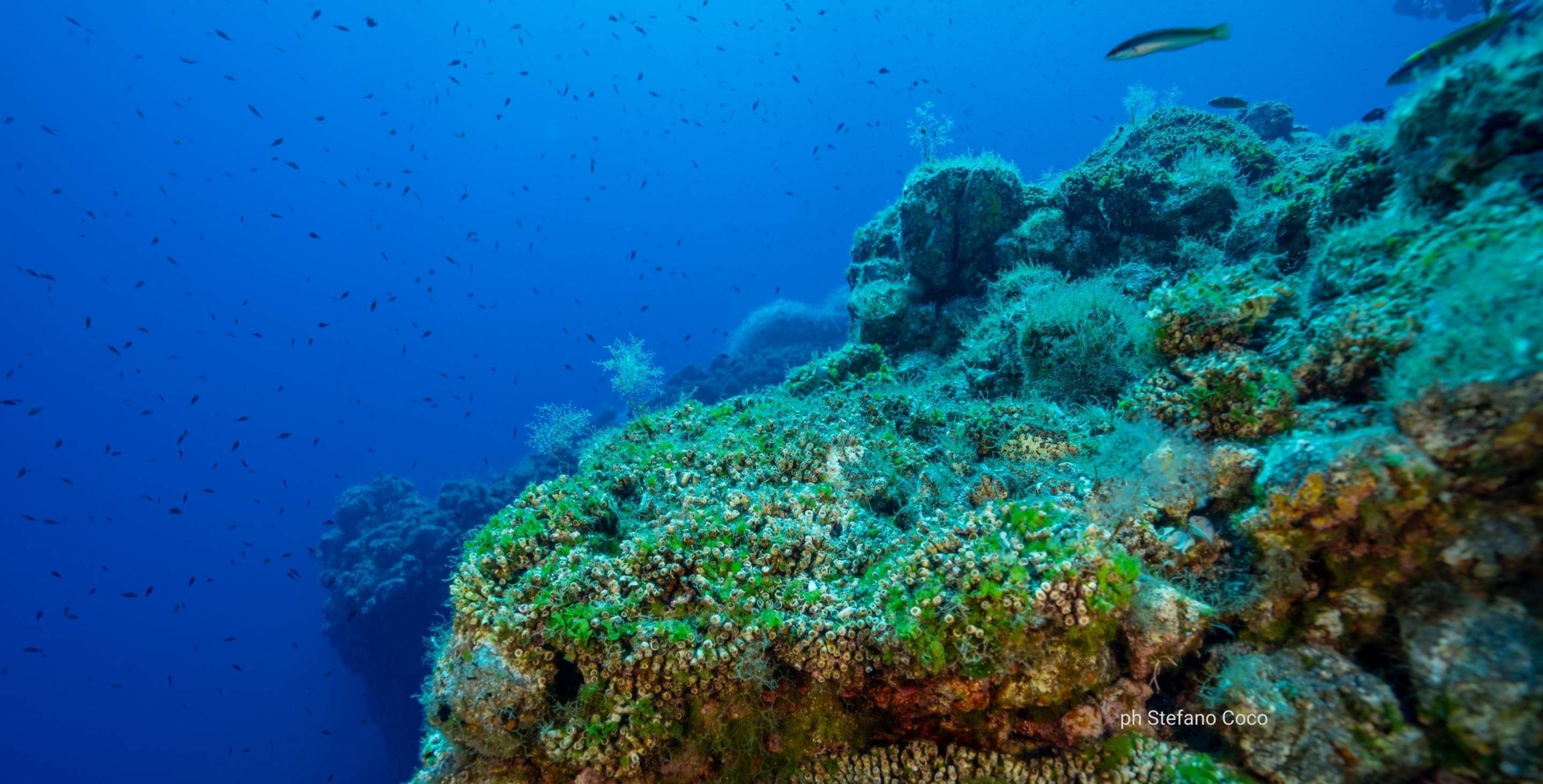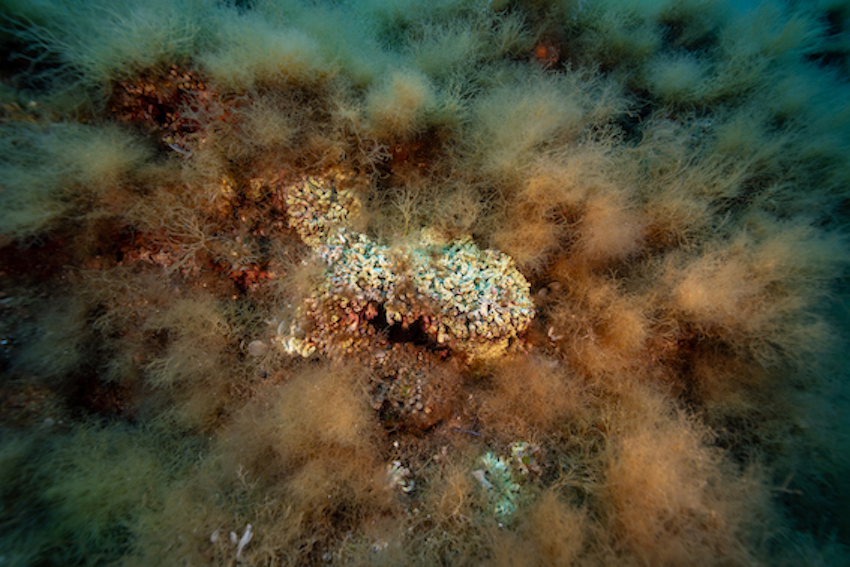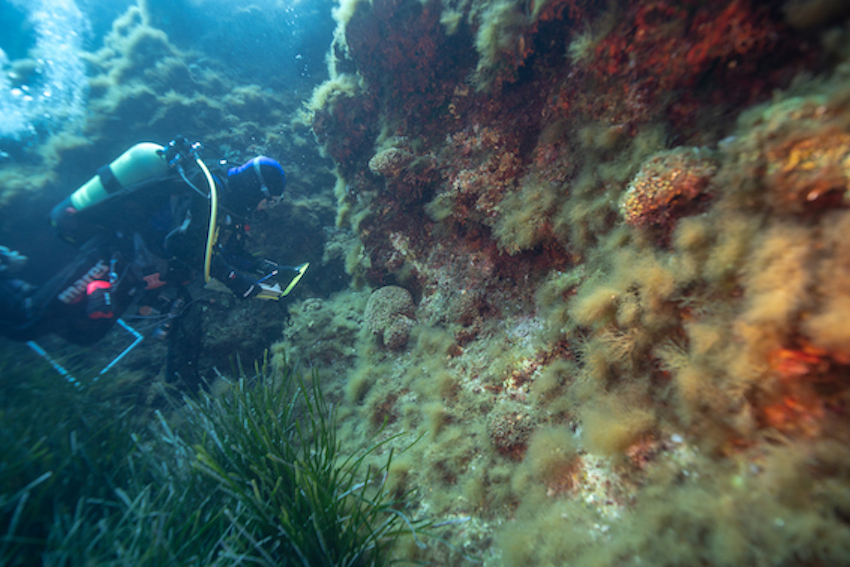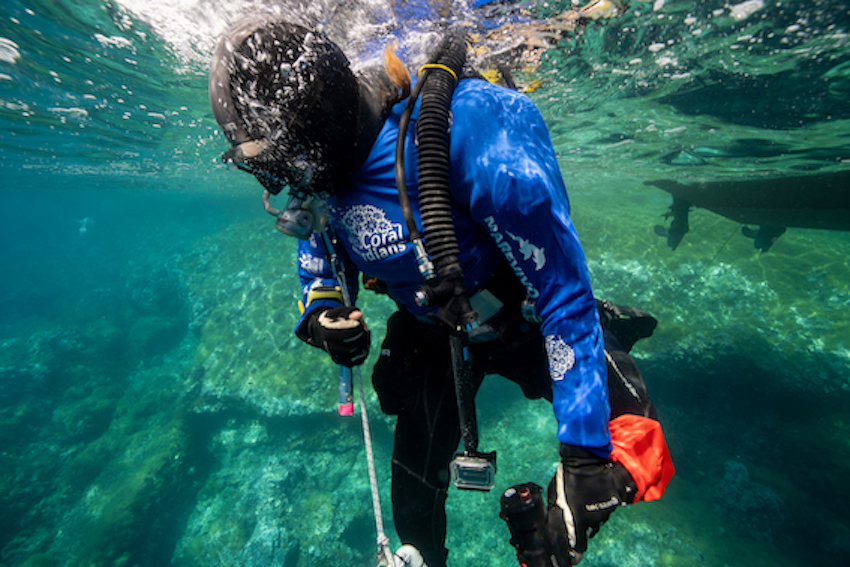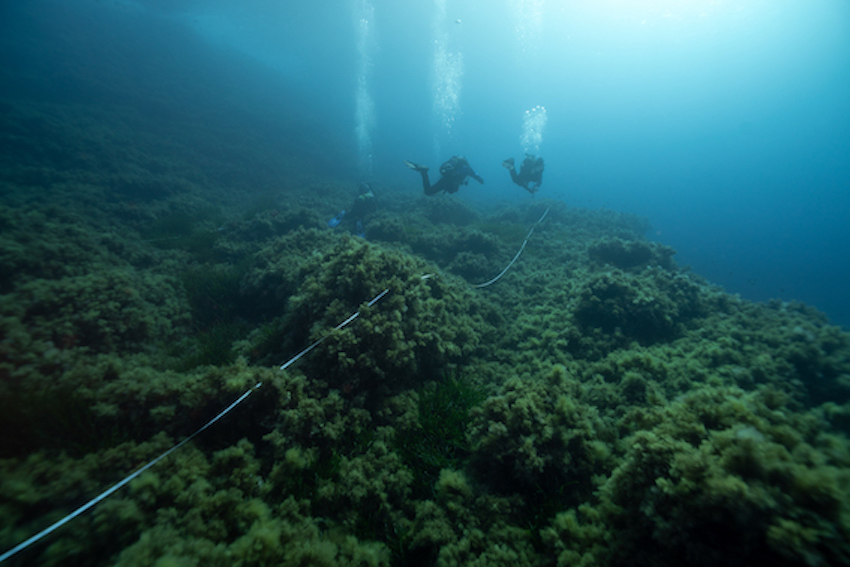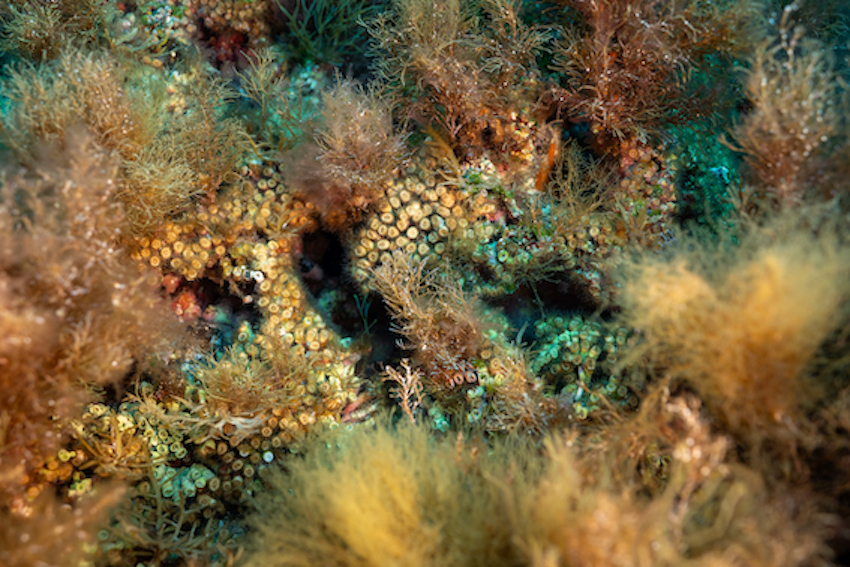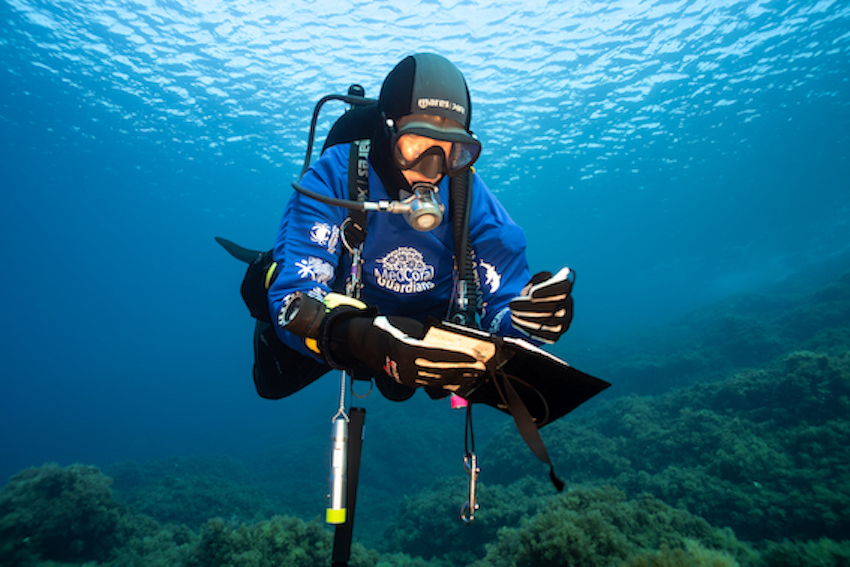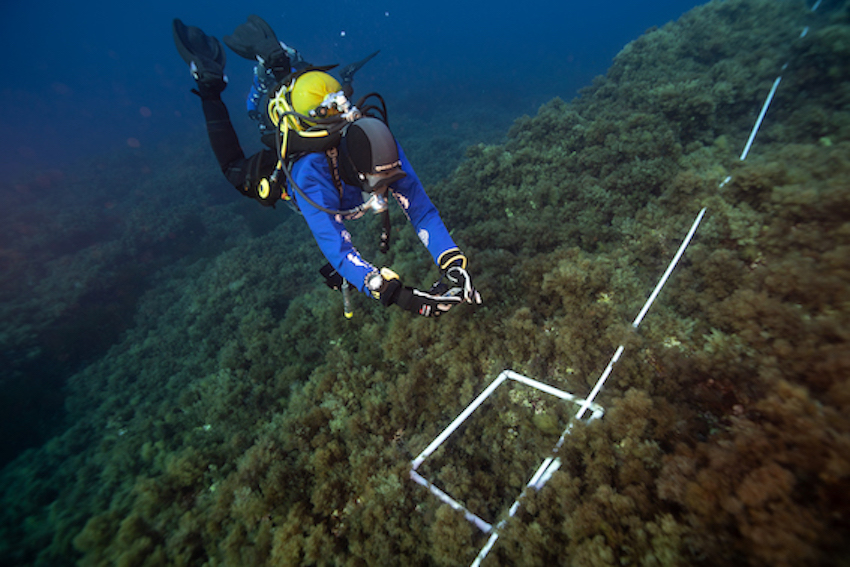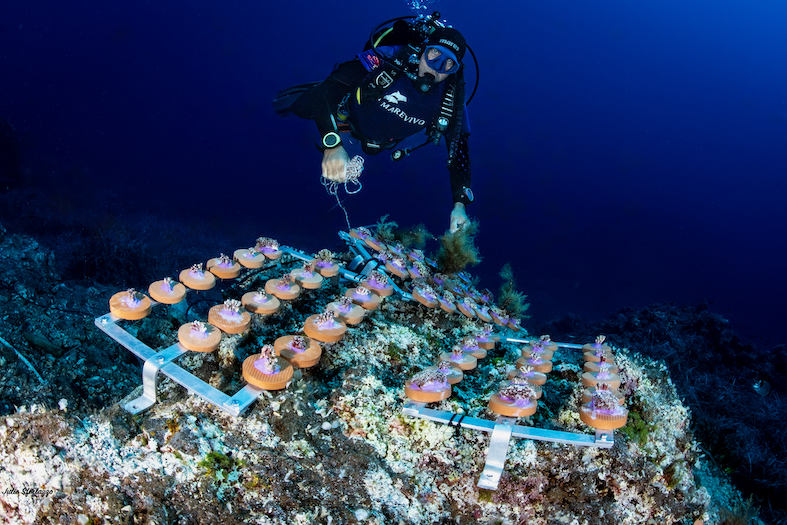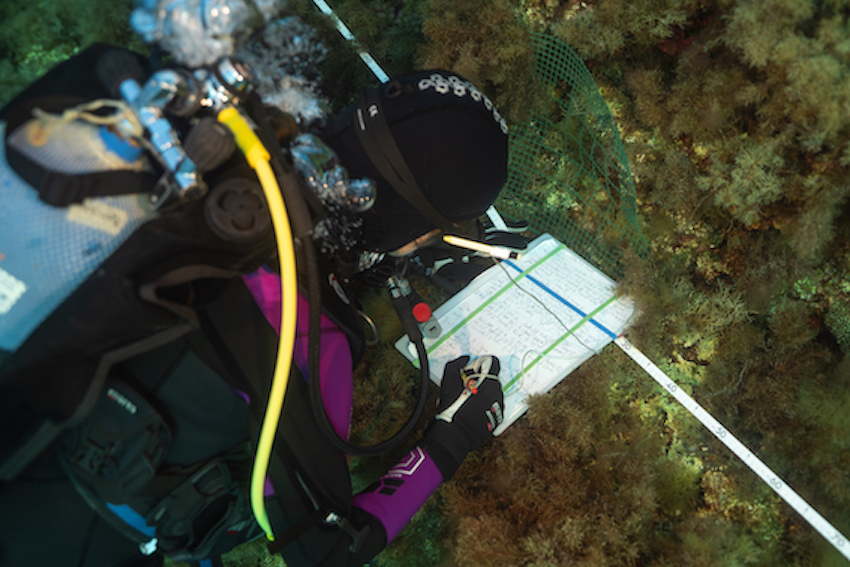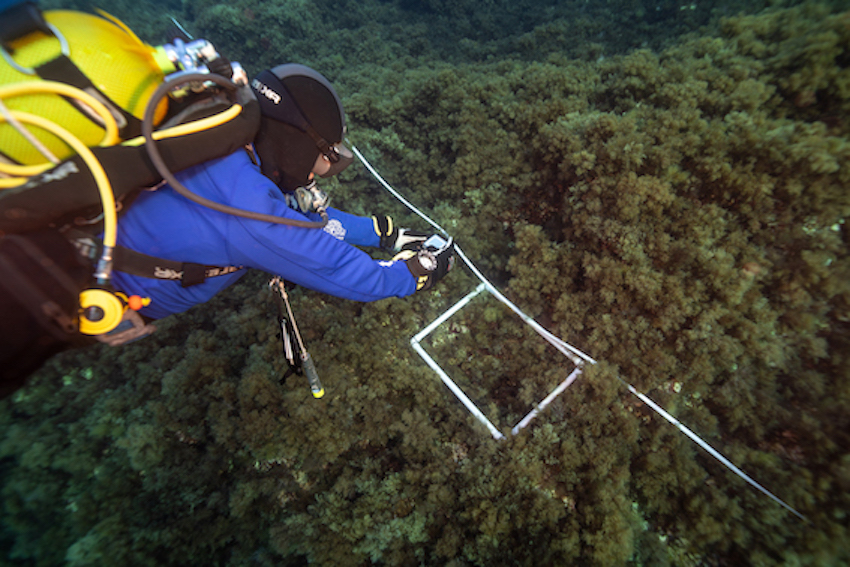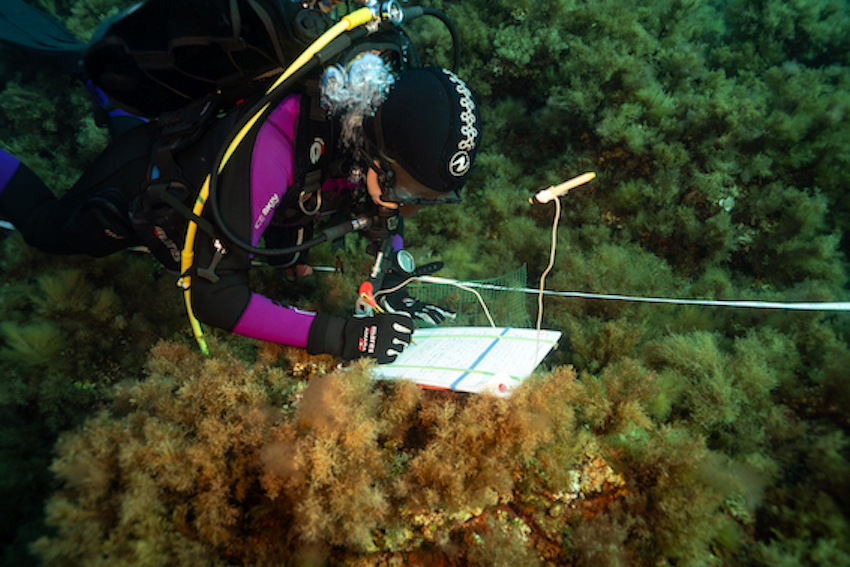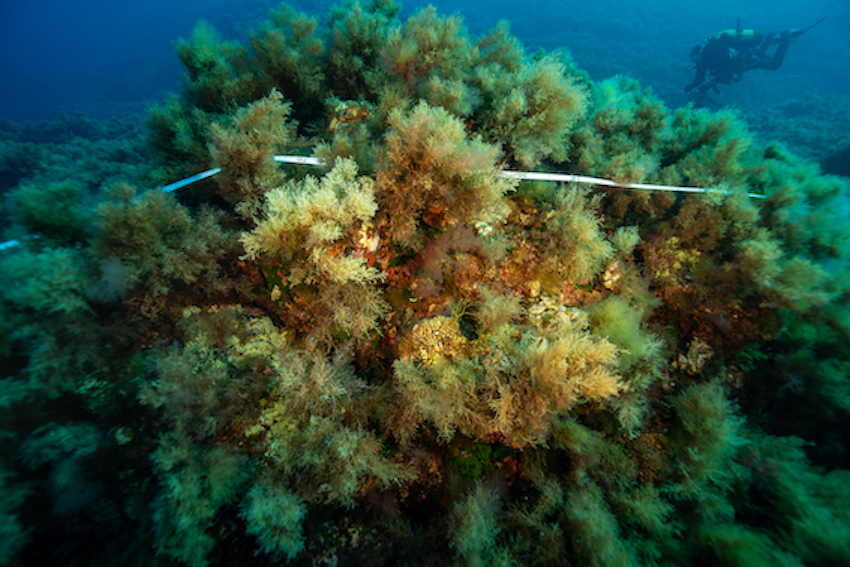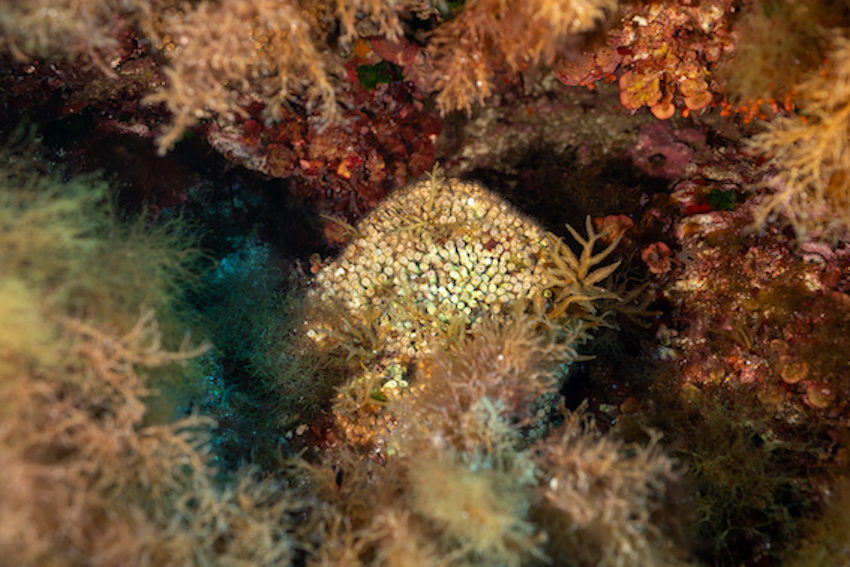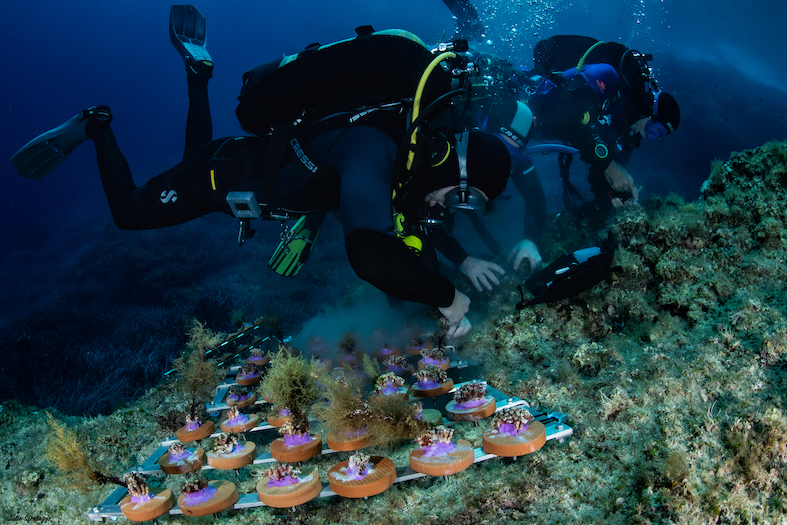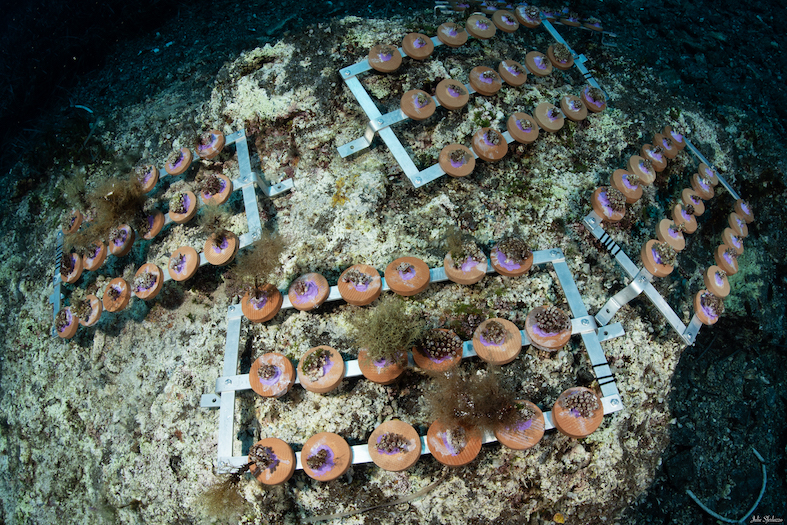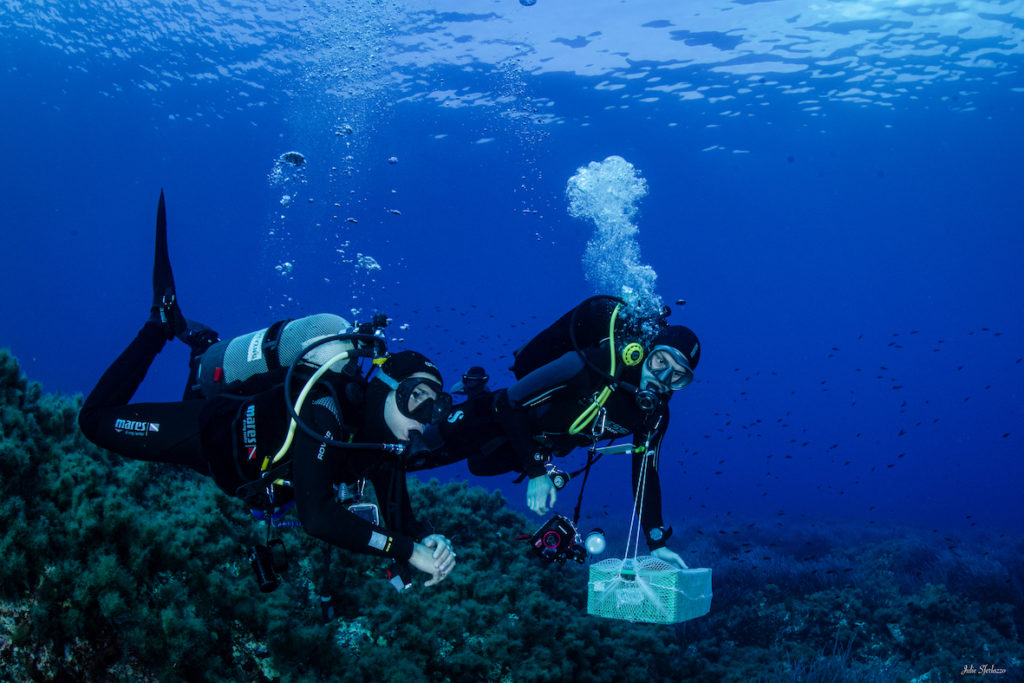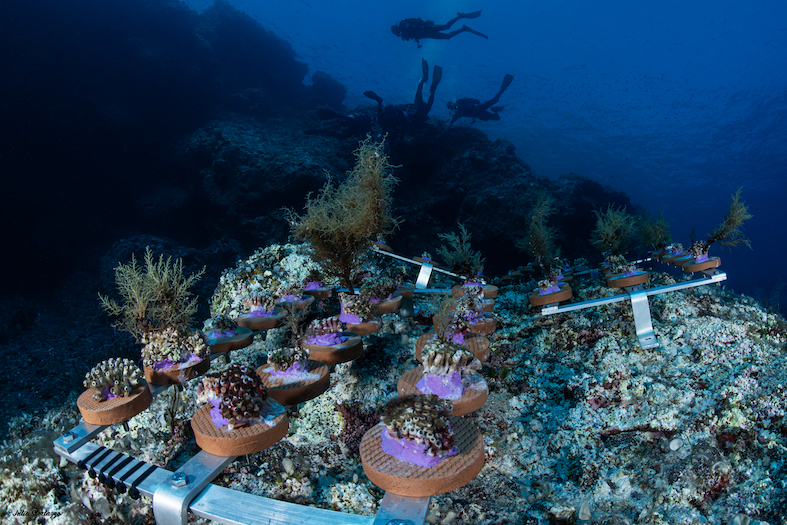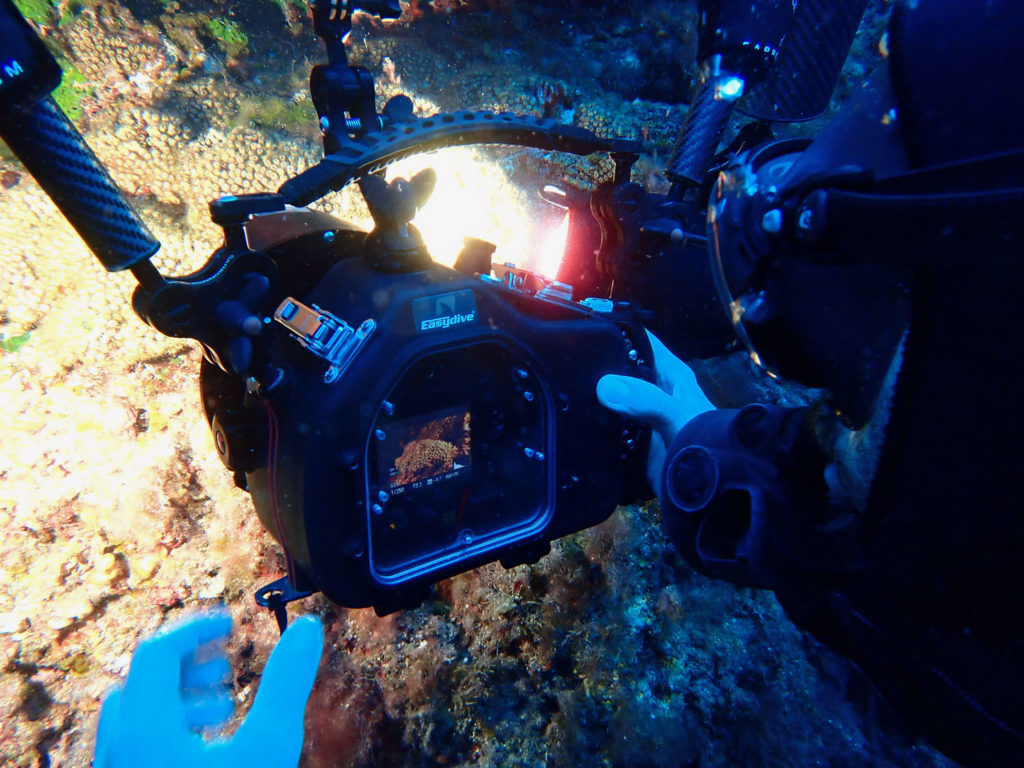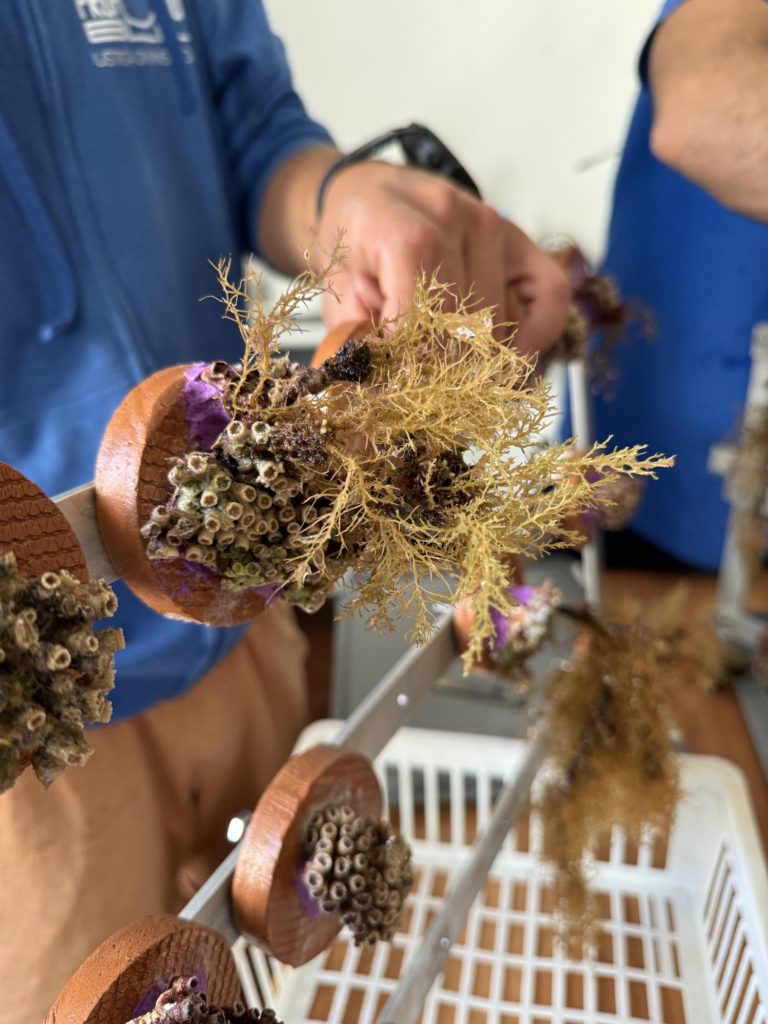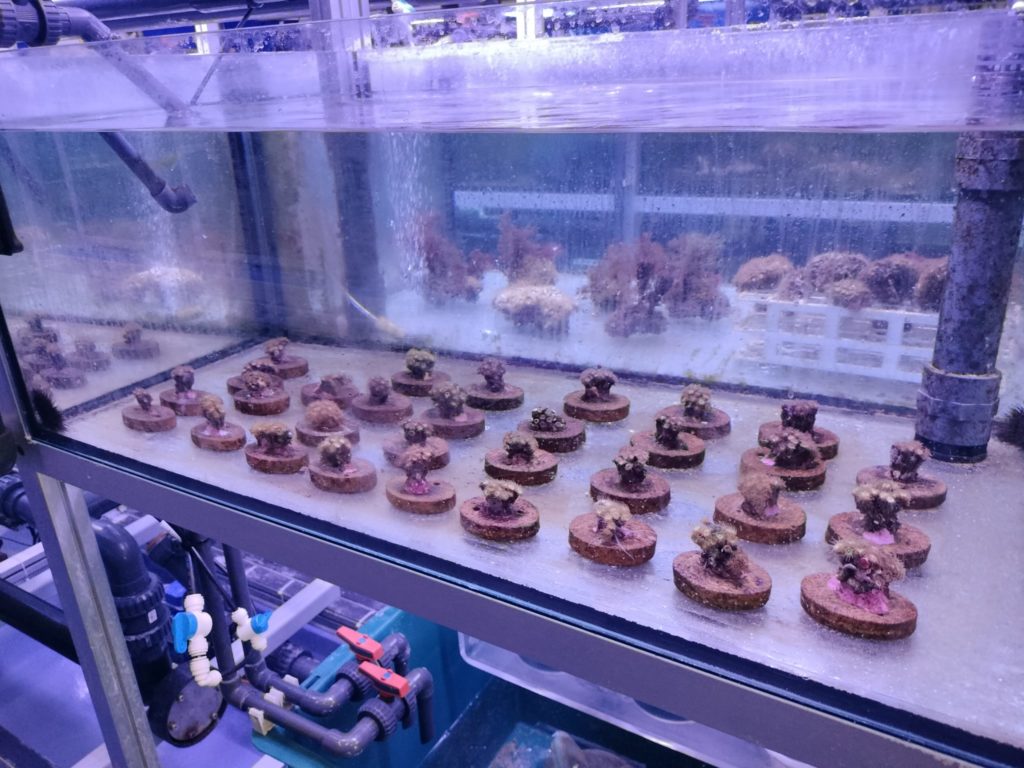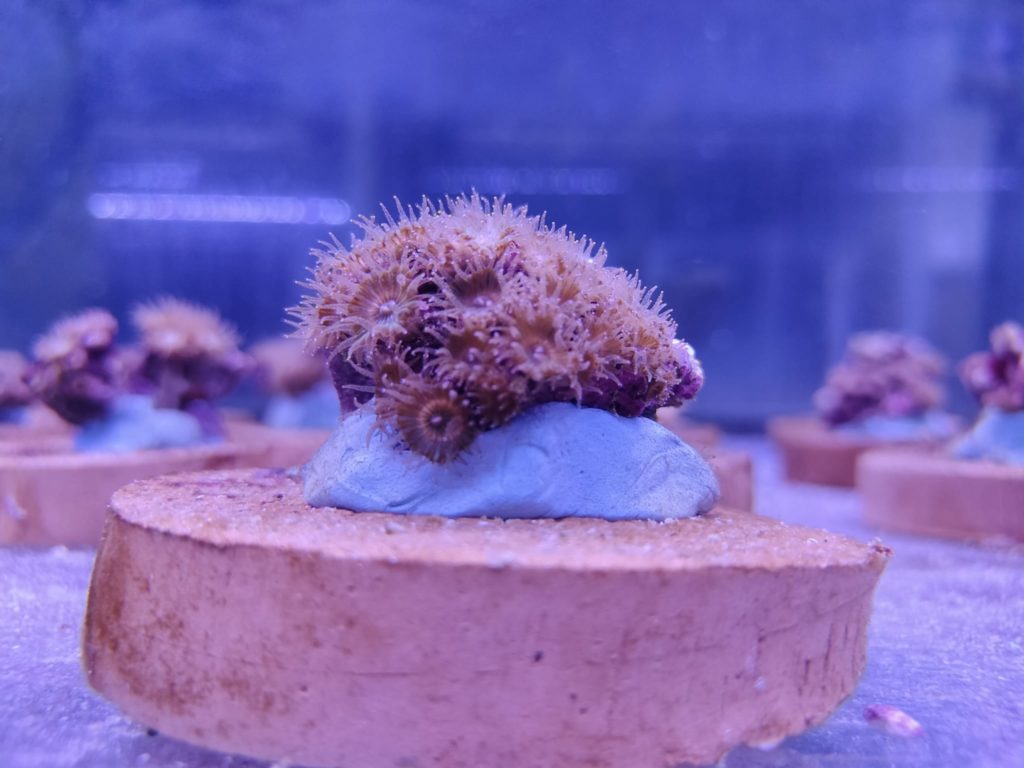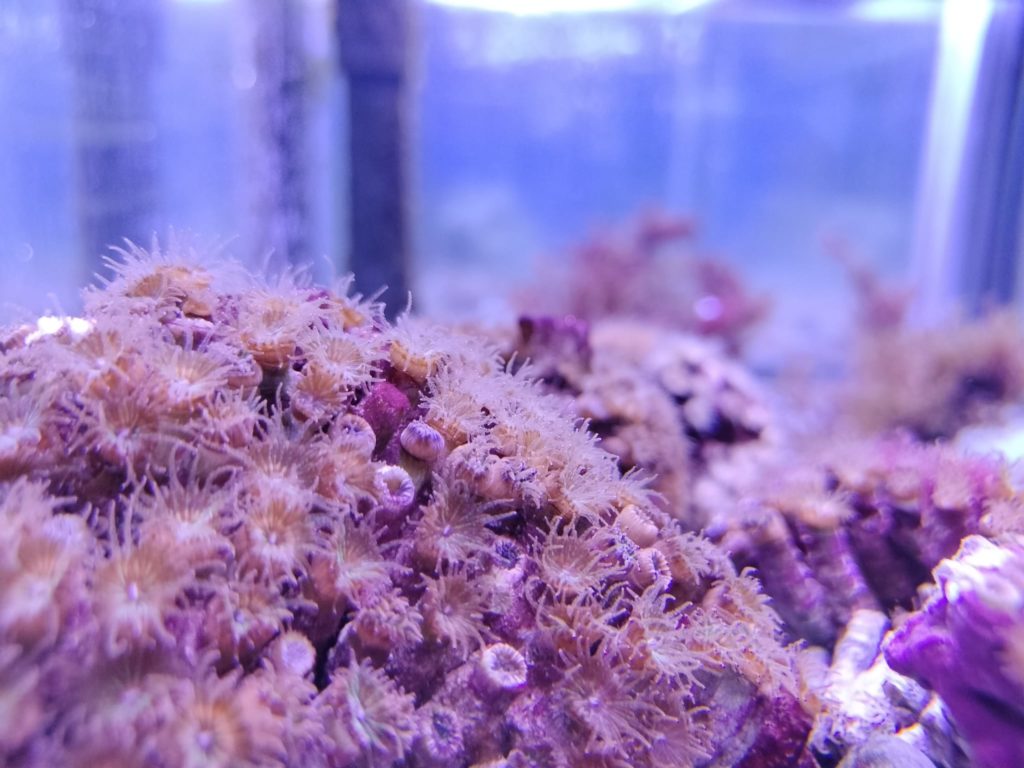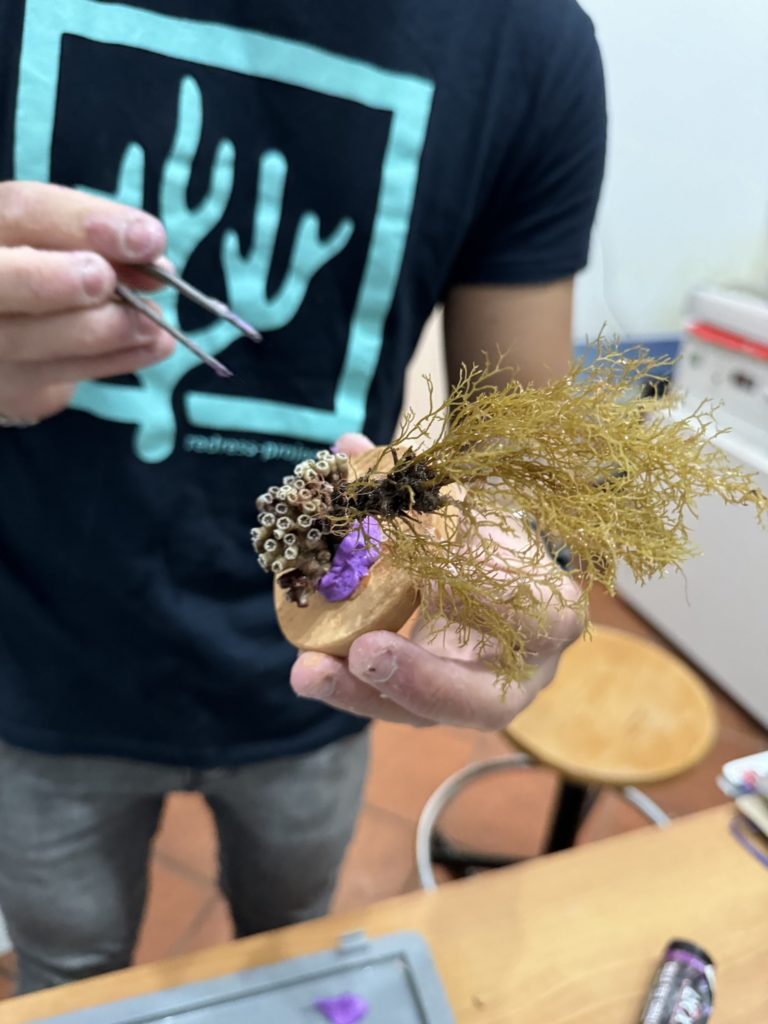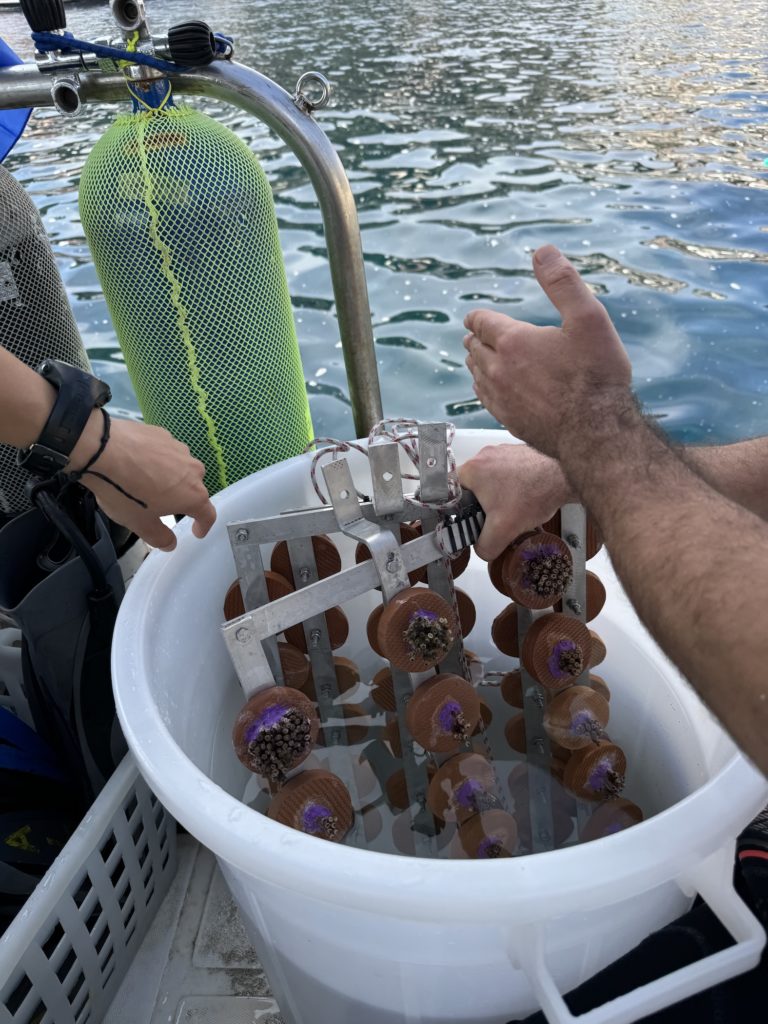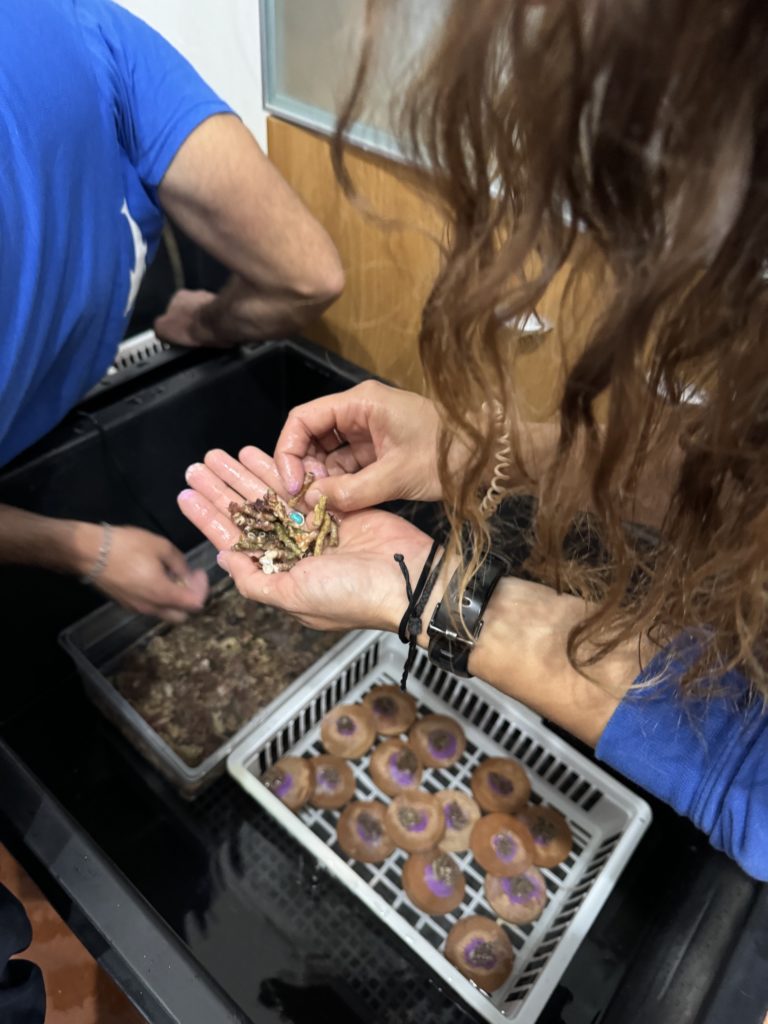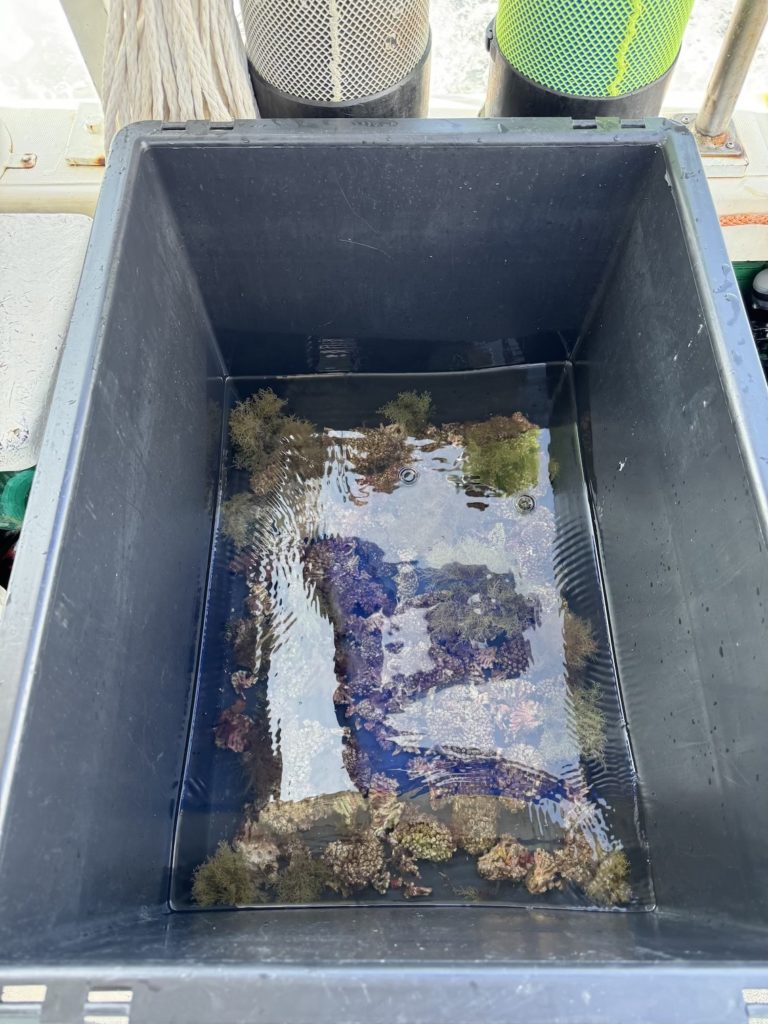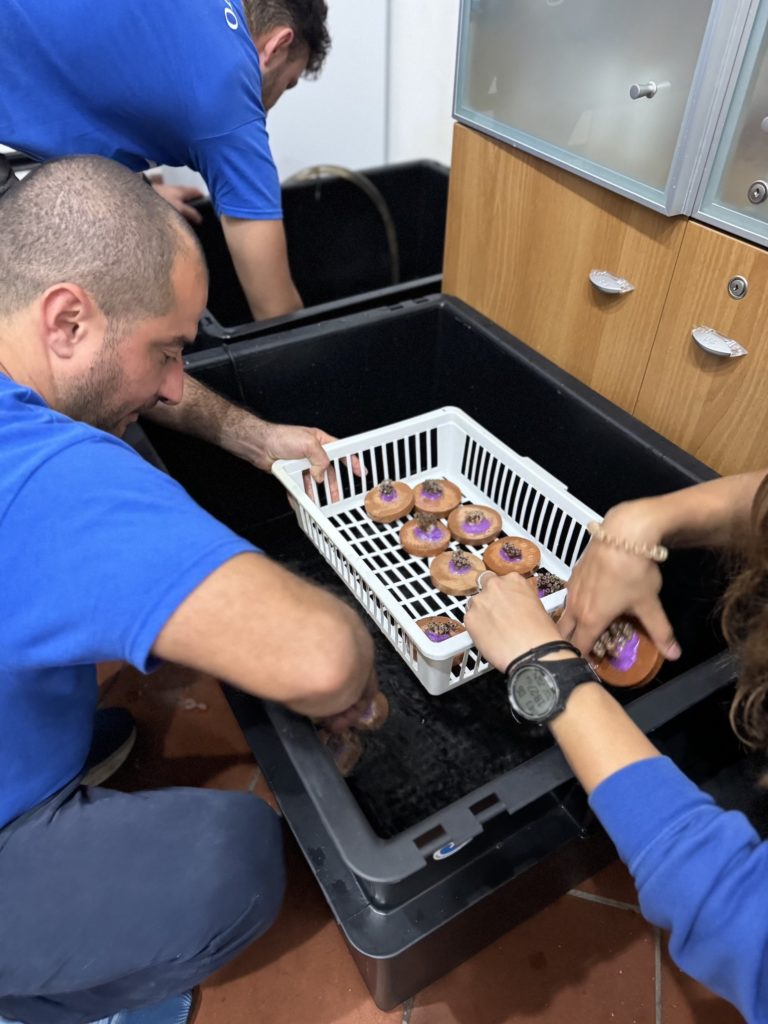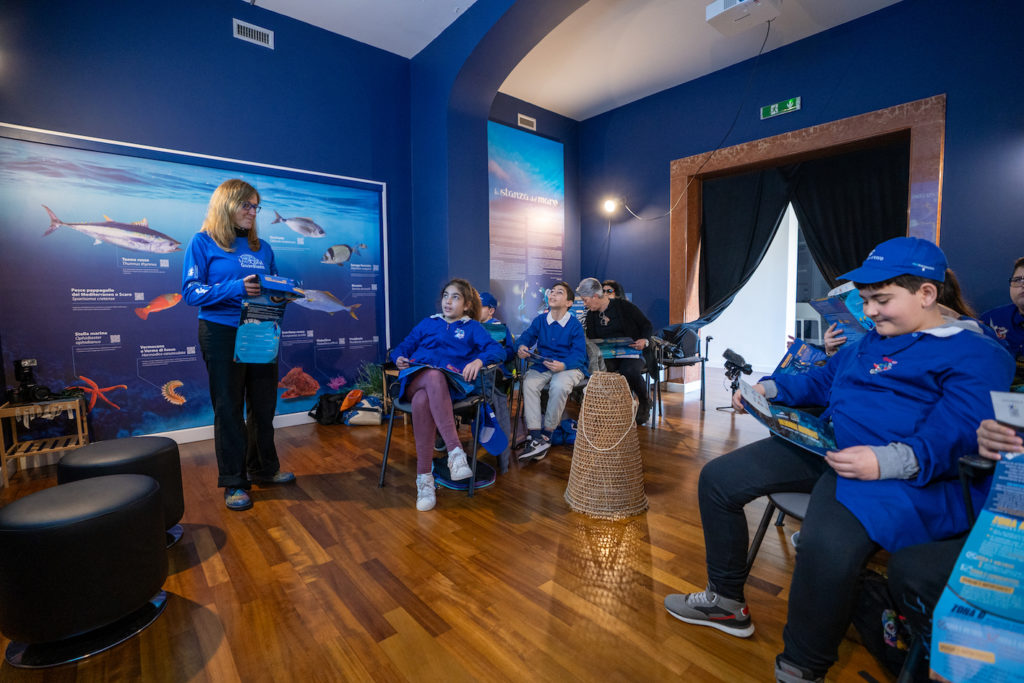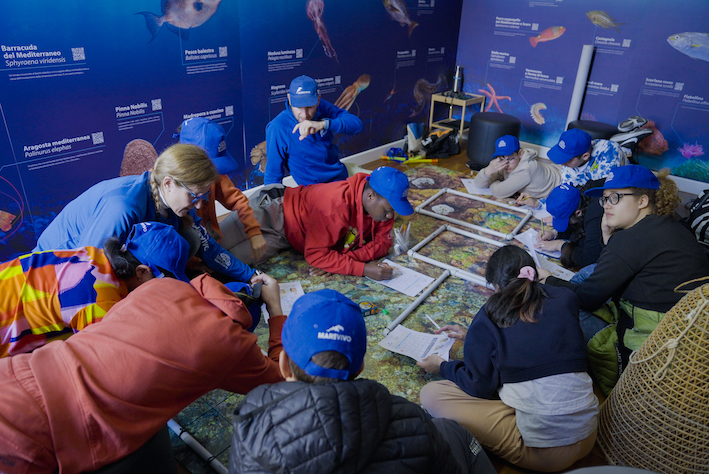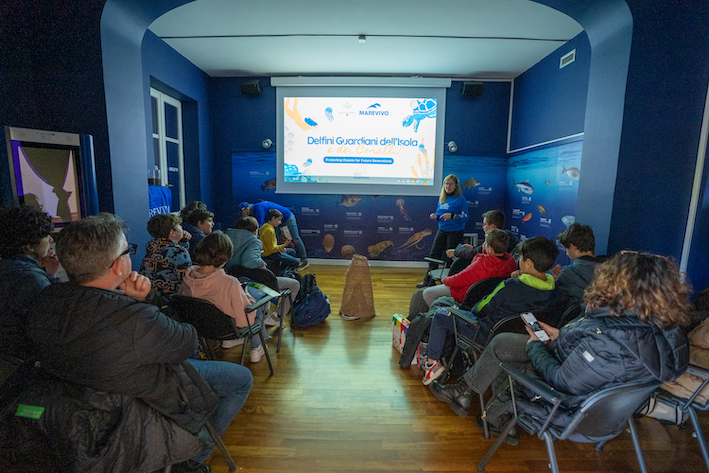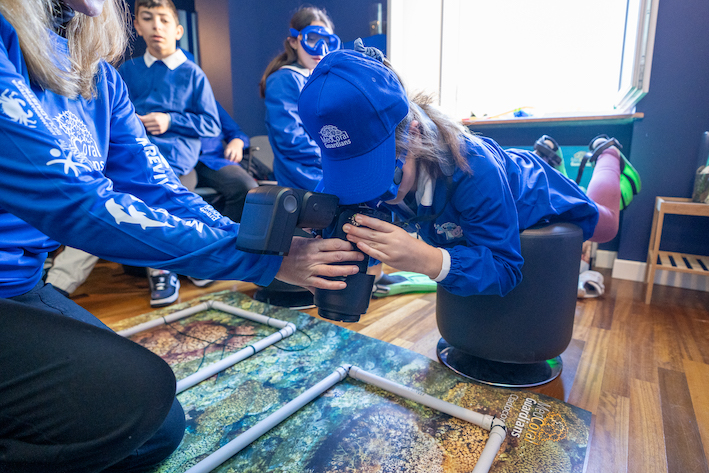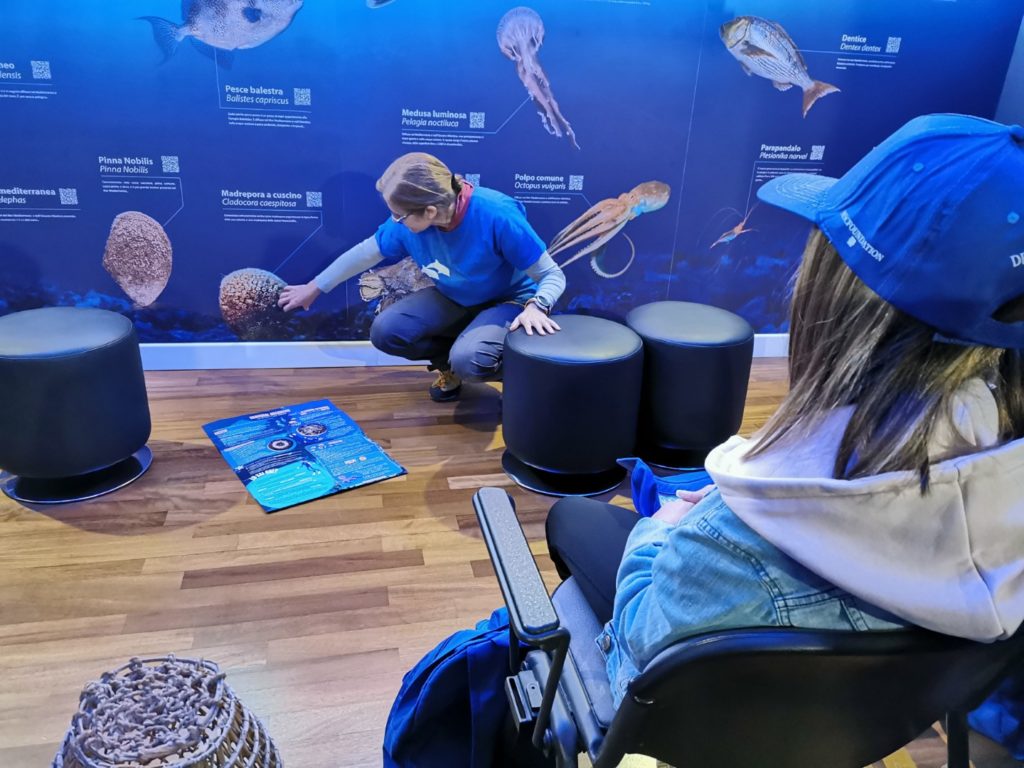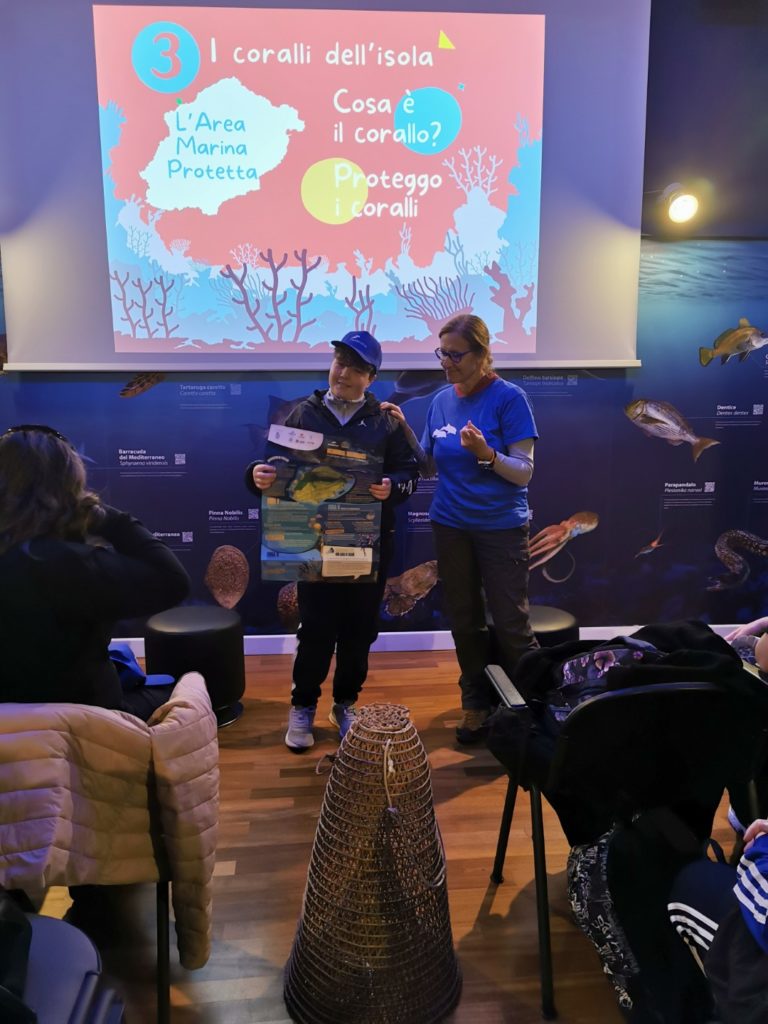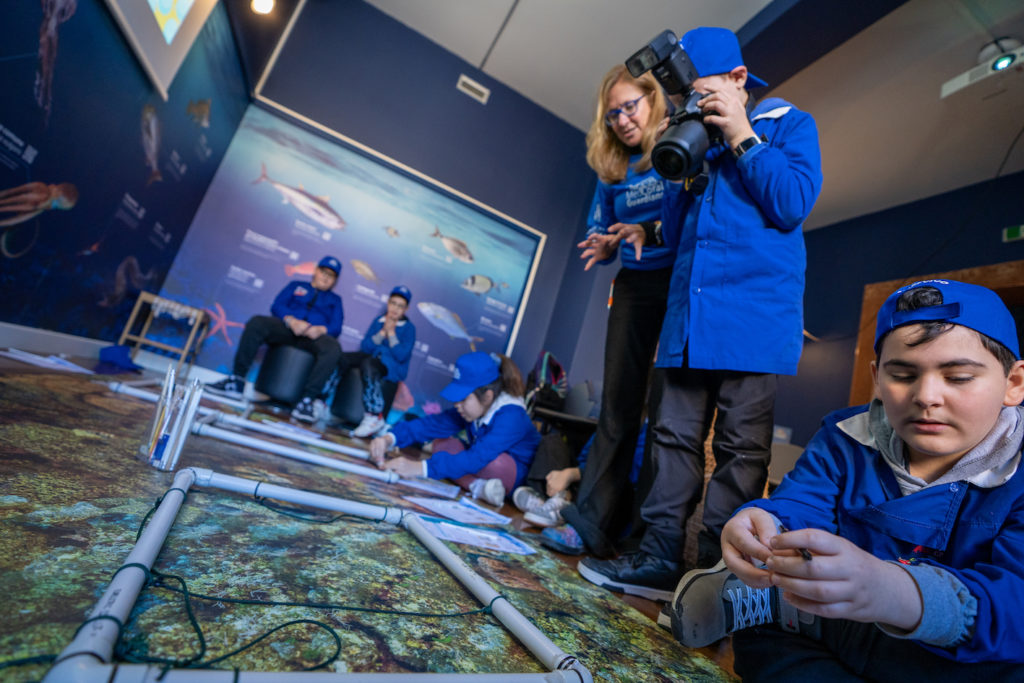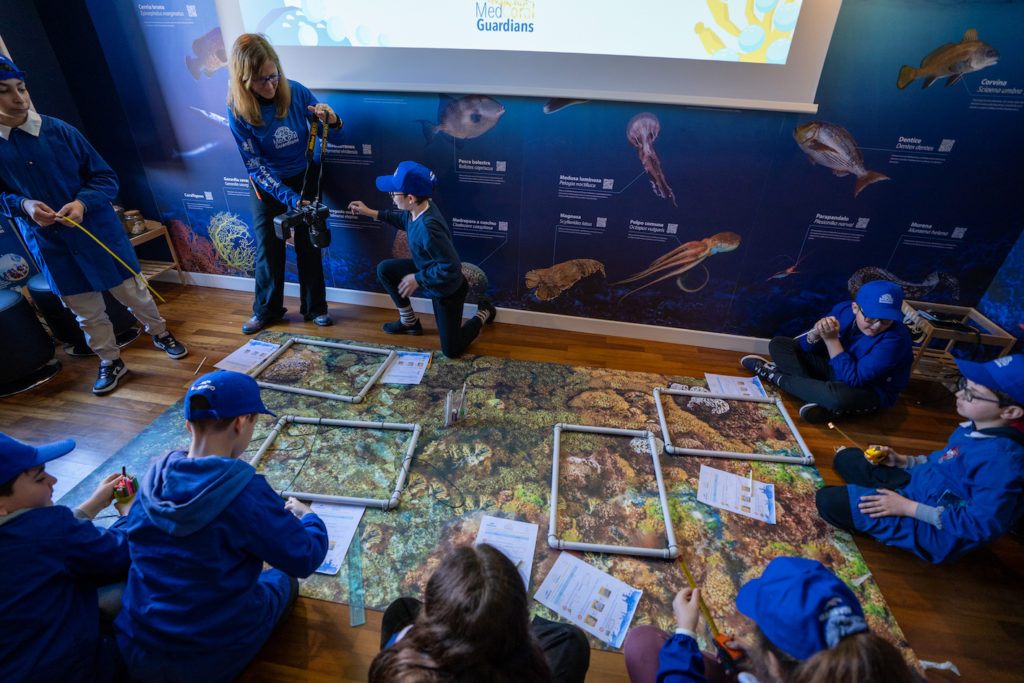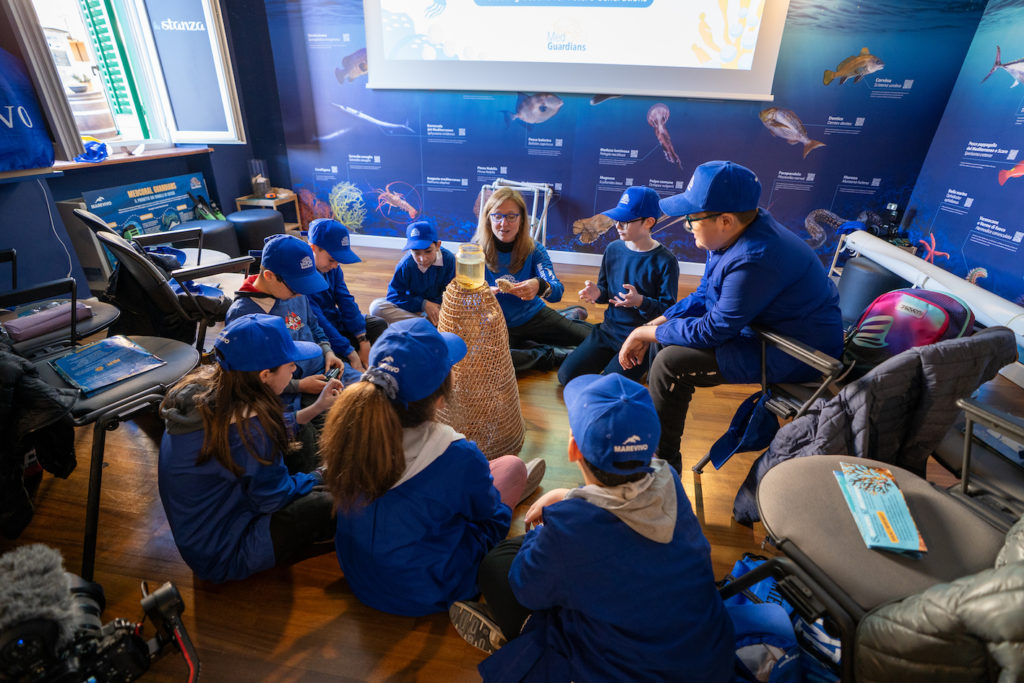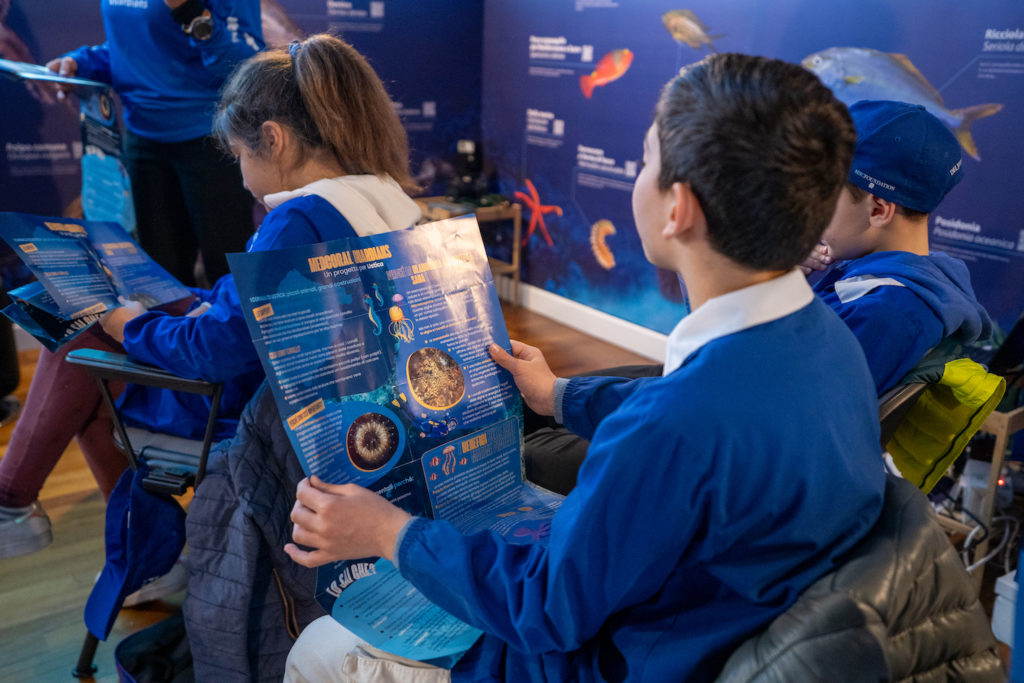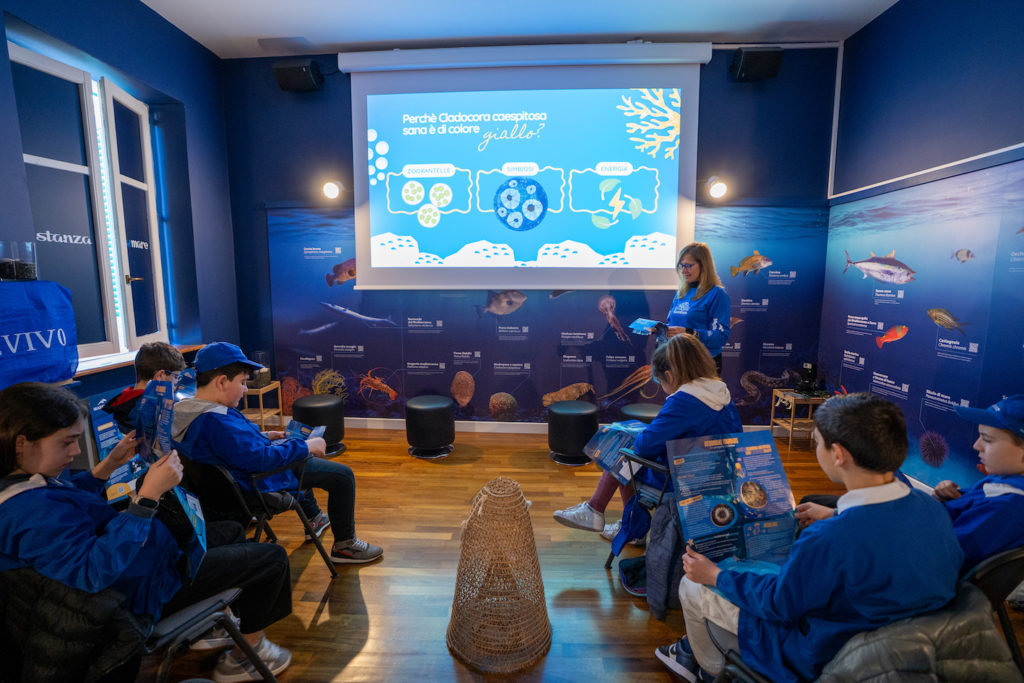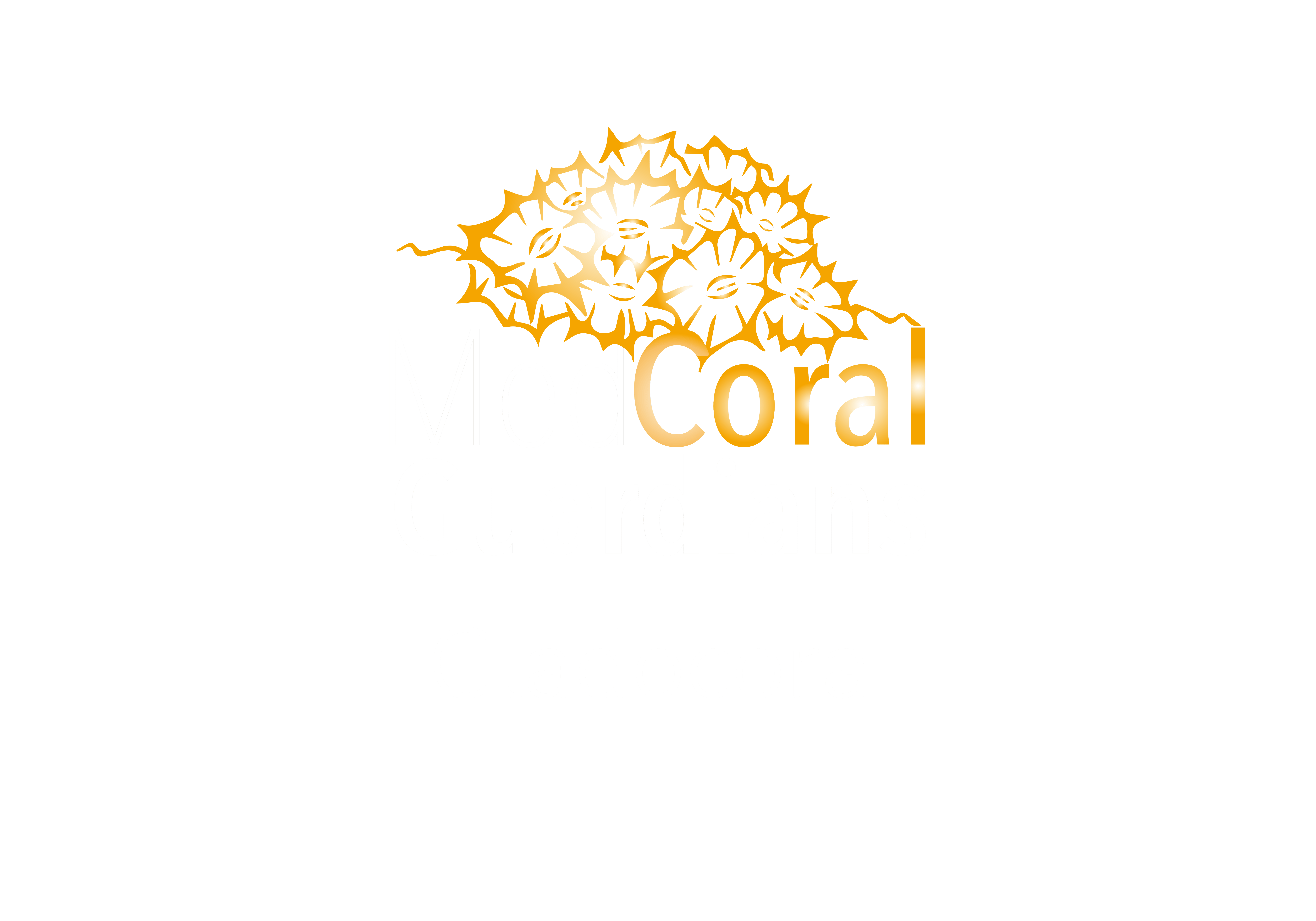
The project aims to protect and raise awareness about an exclusive Mediterranean coral, Cladocora caespitosa, a key reef-building species, by creating a replicable model for monitoring and restoration.
WHY THE PROJECT WAS CREATED
Cladocora–MedCoral is a pilot project for the restoration of degraded areas of Cladocora caespitosa in the sea of Ustica Island (Sicily), where colonies with different conservation statuses are found. Commonly known as pillow coral, Cladocora caespitosa is a key ecosystem-building species, endemic to the Mediterranean, capable of forming true submerged reefs that support the life of countless animal and plant species and counteract coastal erosion.
THREATS
In the Mediterranean Sea, this species faces several threats that compromise its health. The main ones are: rising sea temperatures, which can cause the loss of the symbiotic microalgae, leading to coral bleaching that reduces its ability to feed and defend itself, making the colony more vulnerable and increasing the risk of necrosis; uncontrolled anchoring of boats, which can shatter entire colonies; dredging, coastal nourishment projects, trawling, and the presence of invasive algal species.
This project not only safeguards Cladocora caespitosa but also the entire ecosystem it contributes to, and it can be replicated in other parts of the Mediterranean.
Some info about Cladocora Caespitosa
Cladocora caespitosa, commonly known as “pillow coral,” is an endemic coral of the Mediterranean Sea (found nowhere else in the world) that plays a crucial role in the construction of marine ecosystems.
WHERE THE PROJECT TAKES PLACE
The sea of Ustica hosts a unique treasure: Italy’s first Marine Protected Area (MPA), established in 1986. This extraordinary stretch of sea, covering over 15,000 hectares, is a precious refuge for marine biodiversity. The MPA is divided into three zones, each with specific rules to protect the ecosystem and promote a balance between humans and nature.
Zone A: Integral Reserve – Maximum protection. No human activities are allowed, except for swimming in designated areas. This zone serves as a natural nursery, where marine species can reproduce and strengthen their populations.
Zone B: General Reserve – A “buffer zone” around the Integral Reserve. Some controlled activities are permitted, such as sport fishing with lines for authorized residents and underwater photography, always respecting the environment.
Zone C: Partial Reserve – More activities are allowed here, including sport and professional fishing (even for non-residents), following rules that ensure the ecosystem remains healthy and productive.
The MPA regulations are not a limitation but a tool to balance protection with responsible resource usege. This approach helps safeguard fragile ecosystems while ensuring opportunities for residents and tourists to enjoy the area.
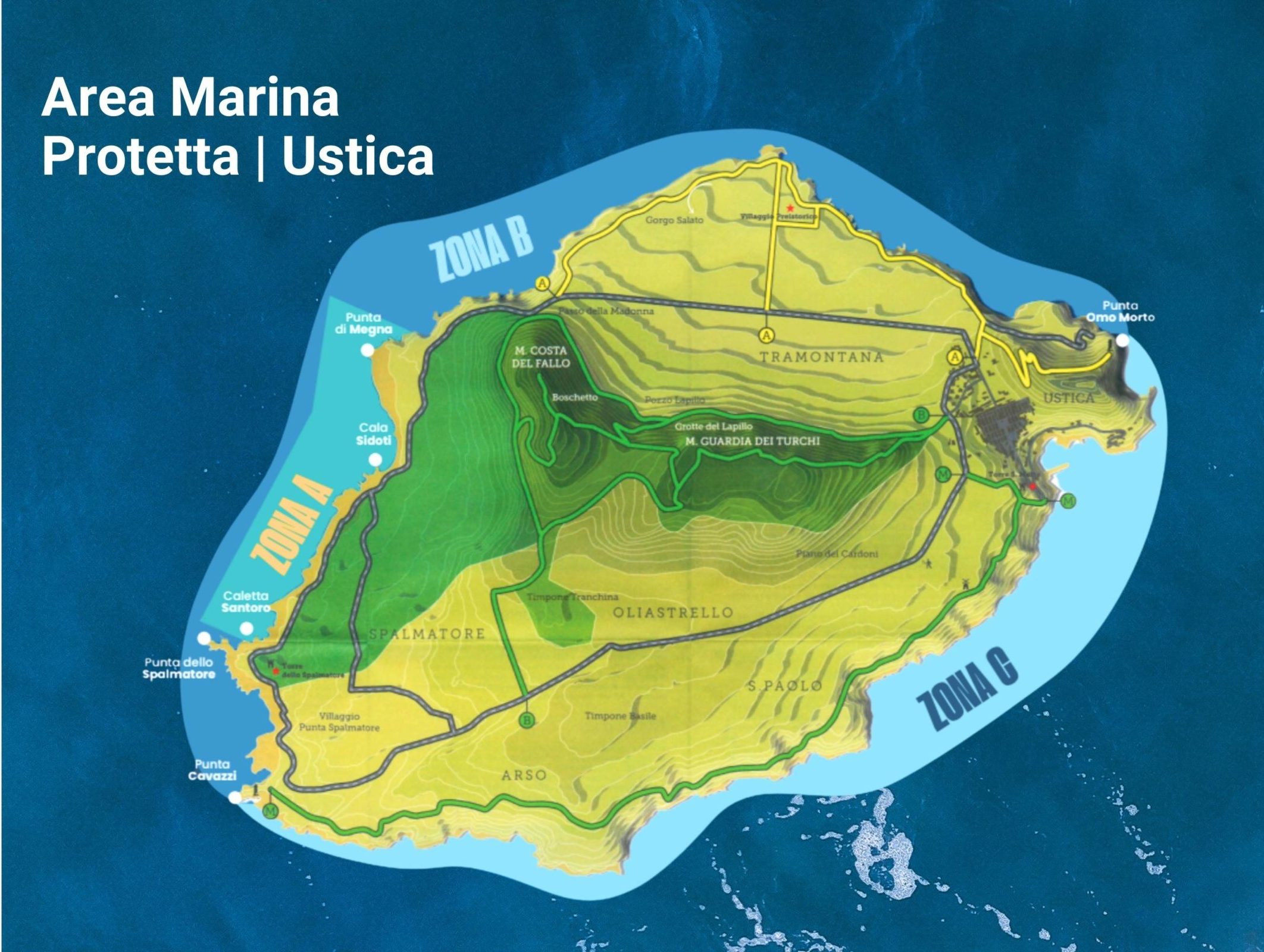
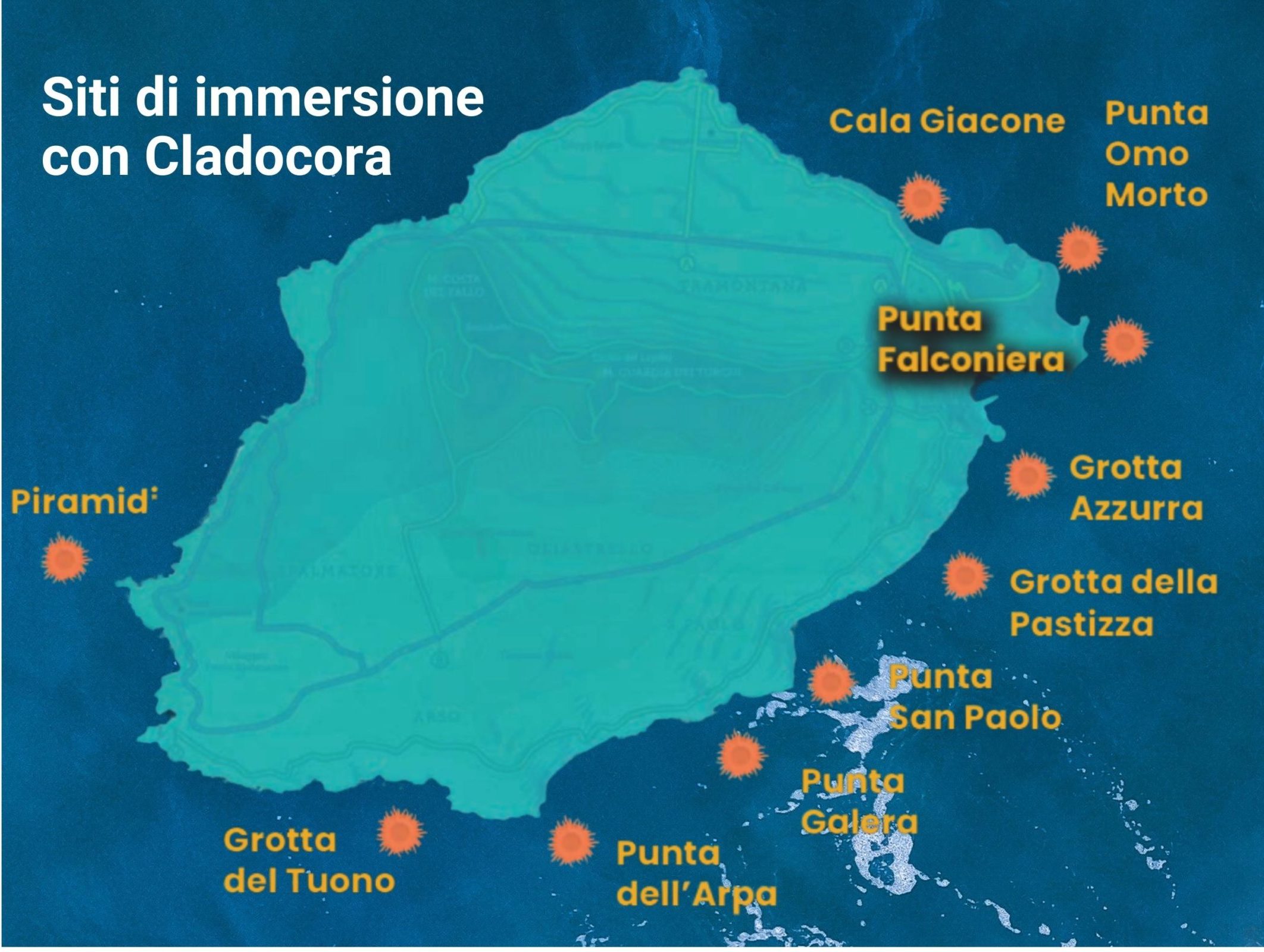
Project phases
Mapping and Research
Among the sites where Cladocora is found, two coral hotspots were selected: one for intervention and one as a control. The first, located in an area with high human impact, is undergoing a restoration intervention developed by the Polytechnic University of Marche (DISVA). The second is near the Integral Reserve zone, in an area with low human activity and almost intact seabeds, and will be observed periodically to assess any changes in its health status. The research aims to evaluate the effectiveness of nursery and restoration techniques in areas where the coral has suffered damage.
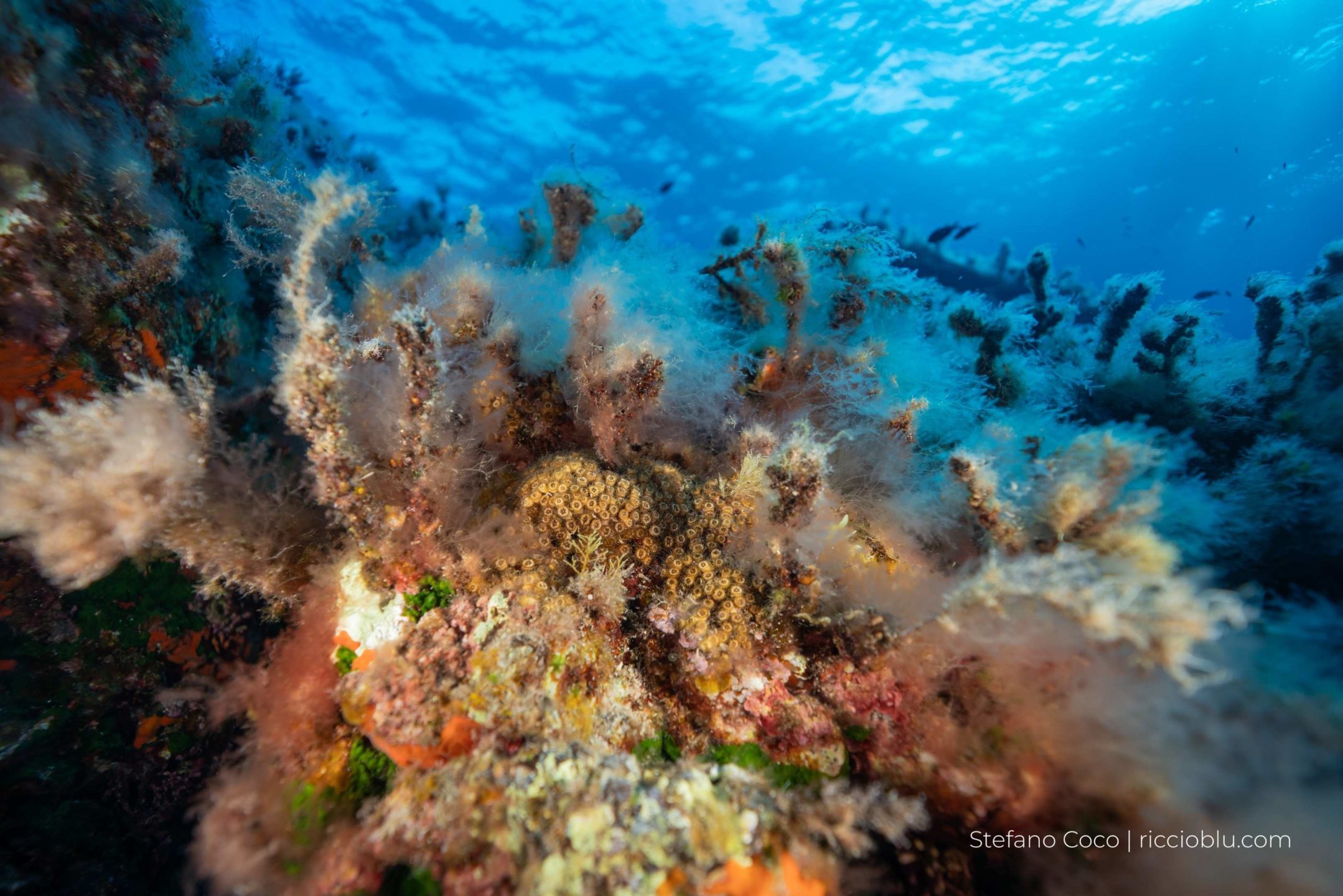
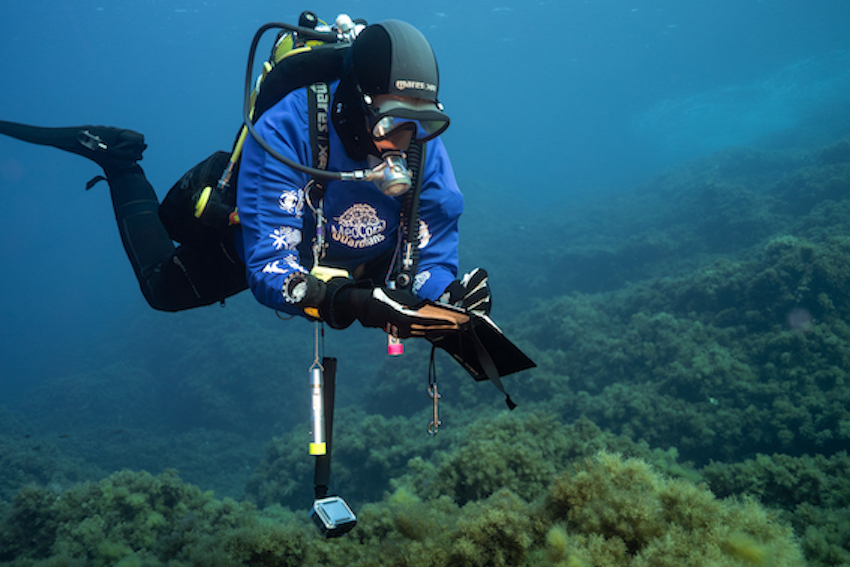
Monitoring
The monitoring of Cladocora caespitosa colonies follows a protocol developed by Rutgers University in collaboration with Anton Dohrn Zoological Station. This method allows the collection of crucial data on coral growth, health status (bleaching and necrosis), water quality, and temperature, providing a scientific basis for planning future conservation actions. The data collected enrich the database of the Ustica Marine Protected Area, supporting more effective marine ecosystem management.
Restoration
Using the restoration methodology developed by the Polytechnic University of Marche and with special permits from the Ustica MPA, special underwater structures have been installed at the degraded site, applying the non-invasive fragmentation technique. At the same time, some colonies are monitored in the laboratory to ensure optimal recovery before being reintroduced into their natural habitat.
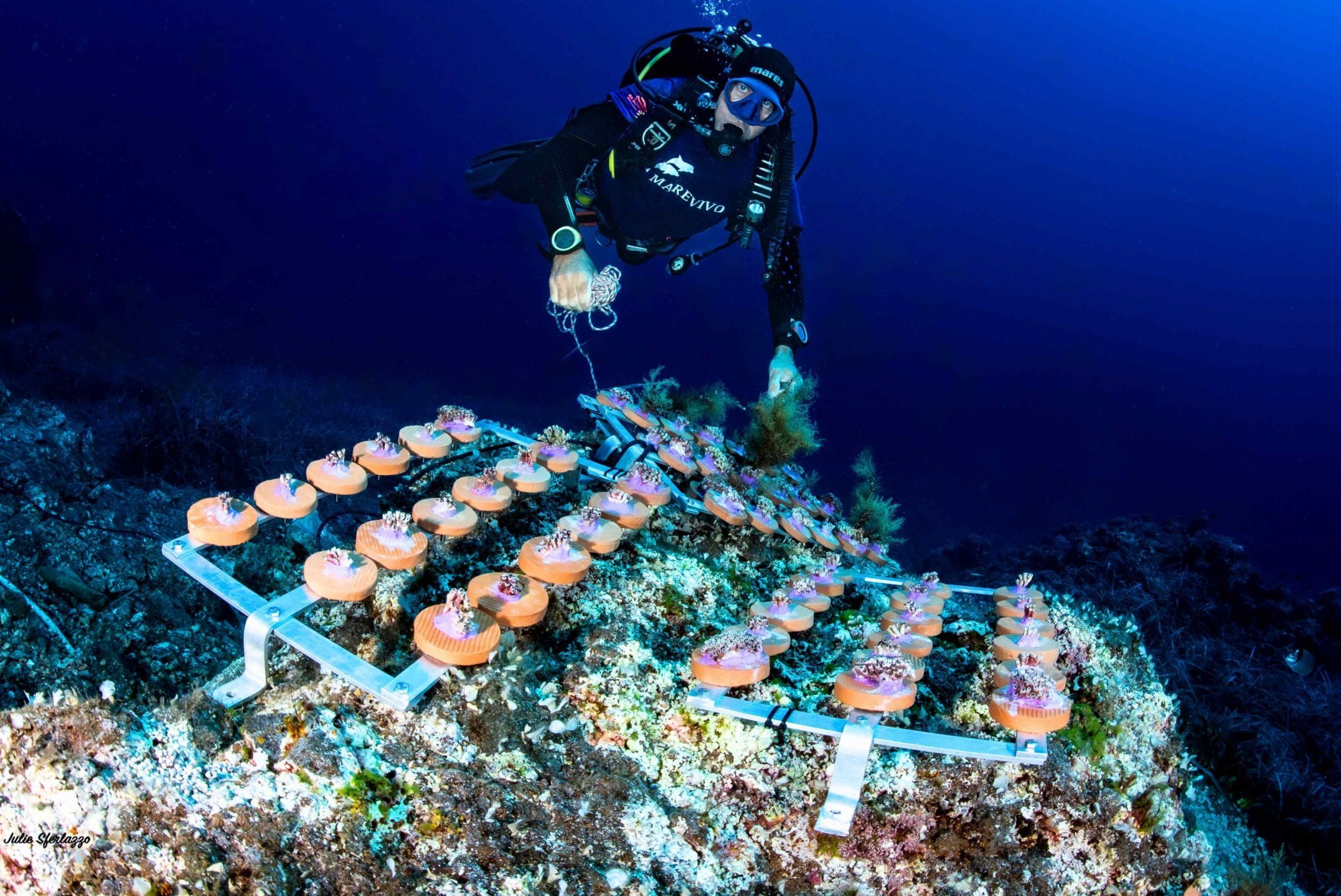
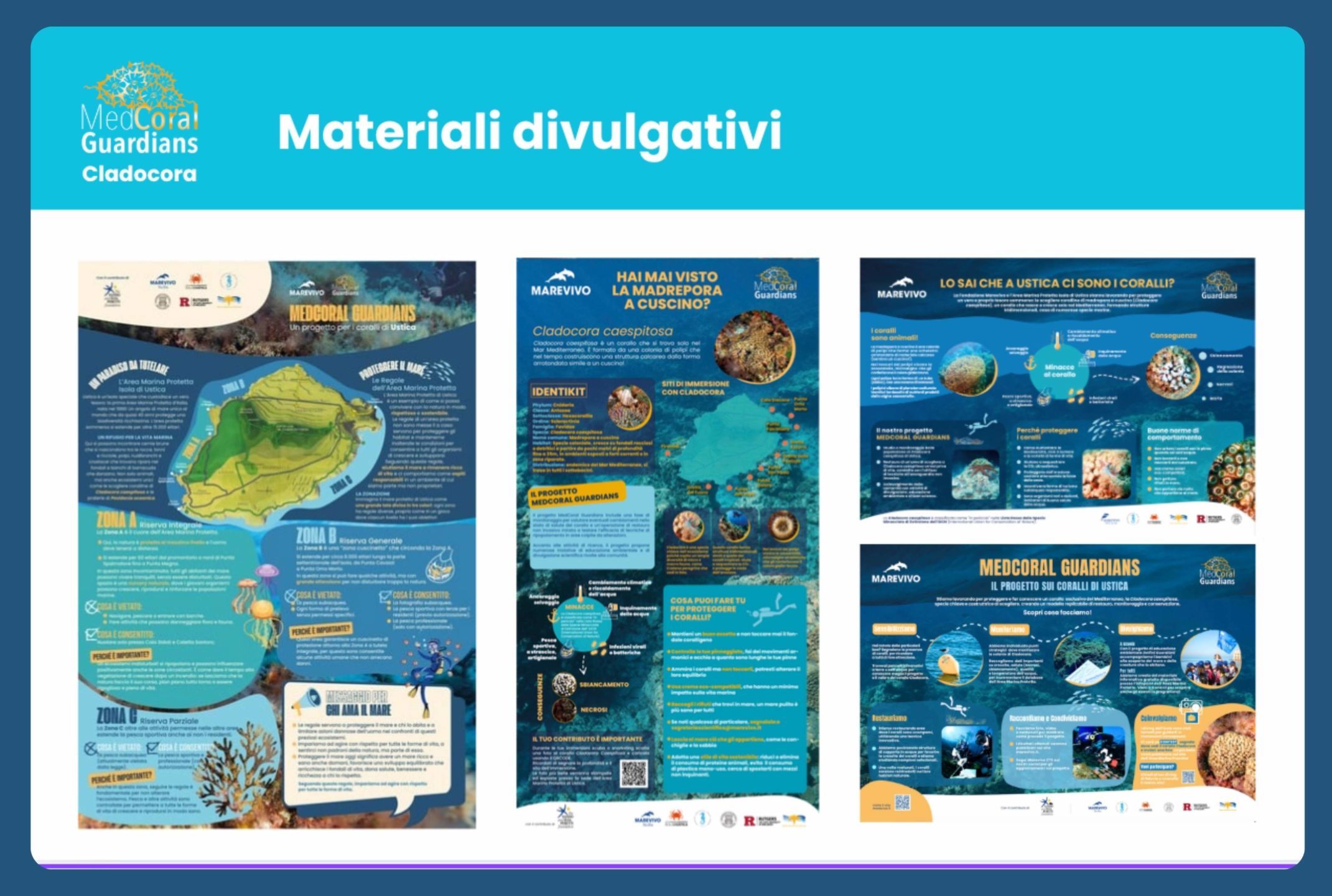
Awareness-Raising and Education
The project sites have been equipped with special buoys marking the presence of corals and encouraging tourists and residents to be mindful. The project includes placing additional buoys and creating two dedicated diving routes with underwater information boards, allowing divers to observe Cladocora colonies at different conservation stages. Informational panels and educational materials have also been created for divers, diving centers, students, teachers, tourists, and local residents, explaining the importance of the pillow coral and detailing project activities.
Environmental Education and Citizen Science
In Ustica’s schools, all students will participate in an educational activity on Cladocora caespitosa and the island’s coral colonies and receive informational and educational materials. In the island’s diving centers, posters have been displayed to engage divers in a Citizen Science activity for the protection of the coral. All informational material will also be available at the Marine Protected Area’s info point.
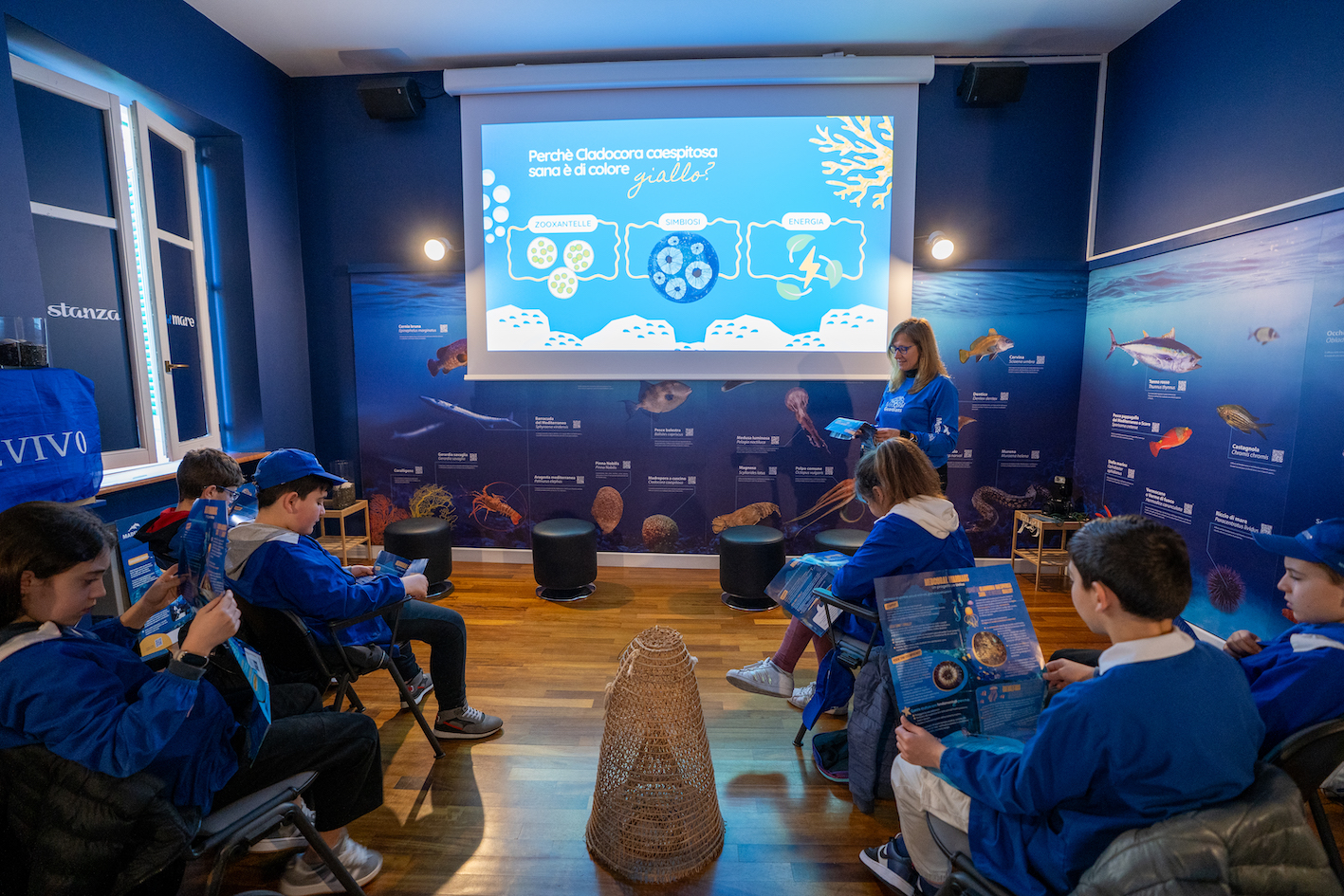
What you can do to protect corals
Use eco-friendly sunscreens with minimal impact on marine life
Collect any waste you find in the sea—a clean sea is healthier for everyone
If you notice anything unusual, report it to the Marine Protected Area
Leave what belongs to the sea, like shells and sand.
Are you diver and want to help Cladocora?
Maintain good buoyancy, control your fin movements, move smoothly, and be mindful of the length of your fins. Admire the corals but do not touch them, as you could damage them. You can also participate in the photography contest!
Take a picture whenever you encounter a Cladocora c. specimen during your dives. If possible, also document other species.
JOIN THE CONTEST! The most beautiful photos will receive a special award for sea lovers: they will be published on the Marevivo website and the Marine Protected Area’s website.

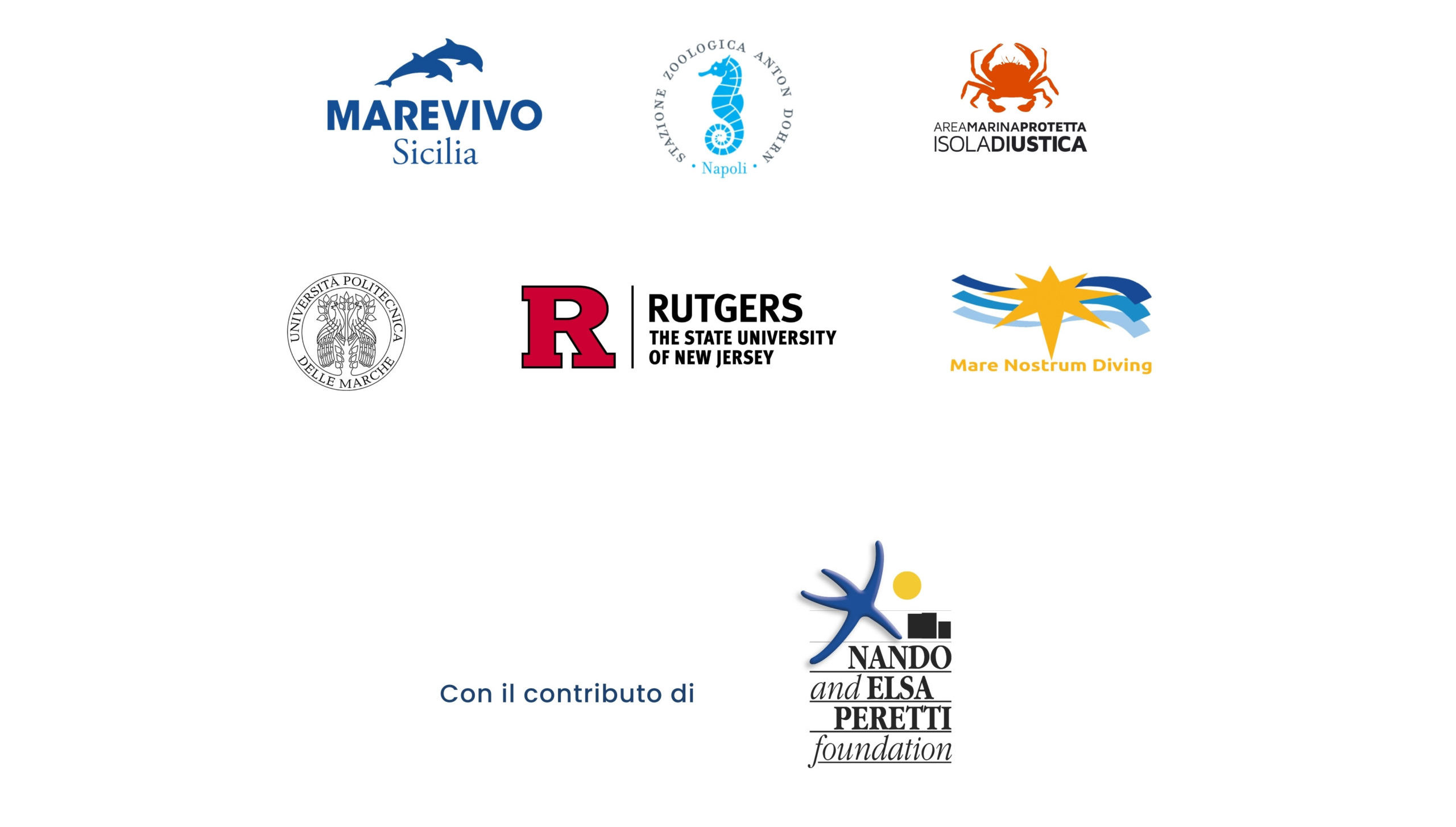
The sea is life, let’s join forces to protect it.
Learn more about Cladocora
Cladocora Identity Card
Cnidaria Class: Anthozoa Subclass: Hexacorallia Order: Scleractinia Family: Cladocoridae Genus: Cladocora Species: Cladocora caespitosa
Description
Cladocora caespitosa is characterized by light yellow polyps, about 5 millimeters in diameter. Each polyp has a cylindrical shape with a crown of tentacles used primarily for defense against predators or to capture small food particles. The coral’s primary nutrition comes from symbiotic algae, called zooxanthellae. The calcareous skeleton that forms Cladocora caespitosa colonies is made of calcium carbonate, creating “pillow” formations. These colonies build three-dimensional underwater habitats that provide shelter and nourishment for many marine species.
Symbiosis with Zooxanthellae
The polyps of Cladocora caespitosa live in symbiosis with zooxanthellae, unicellular algae that reside inside the polyps and give them their characteristic light brown coloration. This symbiosis provides mutual benefits: the algae, protected within the colony, receive essential nutrients for photosynthesis, such as CO₂, phosphates, and nitrates derived from the polyps’ metabolism. In return, they assist the colony by eliminating metabolic waste and contributing to the construction of the calcareous skeleton. This close relationship is crucial for the coral’s growth and resilience but is extremely vulnerable to climate change and rising water temperatures. Changes in these factors can trigger the phenomenon of bleaching, which severely damages the coral and exposes it
Reproduction
Characteristics
Cladocora caespitosa is characterized by polyps with tentacles in multiples of six, sometimes arranged in multiple rows. The shape and size of colonies are influenced by depth, light availability, and water dynamics.
- Common forms: The typical hemispherical cushion shape develops in conditions of good illumination and strong hydrodynamism.
- Branched forms: More pronounced branching occurs in protected or deep environments, with minimal wave action and low light intensity.
- It is a long-lived species, with a generation lasting approximately 30 years.
- Locally, it can be abundant, forming scattered colonies or extensive banks that create submerged reefs.
- This species can adapt to significant climatic variations, an important trait in the Mediterranean, where surface water temperatures fluctuate widely throughout the year.
- It contributes to seabed stability and helps reduce the erosive force of waves and storms.
Habitat and Distribution
Cladocora caespitosa is a colonial species that grows on rocky or detrital seabeds from a few meters deep down to 35-40 meters, in environments exposed to strong currents as well as sheltered areas. Fossil specimens found in marine-origin rocks indicate its presence since the Pliocene (5.3–2.58 million years ago). It is found discontinuously throughout the Mediterranean and in some Atlantic locations (Morocco and Portugal). However, only in a few locations Cladocora c. forms beds (subspherical colonies of 10-30 cm, distinct from one another) or larger banks and submerged reefs form—structures reaching several decimeters in height and covering several square meters.
Role in the Ecosystem
Cladocora caespitosa is a true ecosystem engineer due to its crucial role in creating and maintaining complex marine habitats. By building coral reefs, it provides shelter, food, and safe breeding grounds for numerous animal and plant species, contributing to biodiversity and the stability of the marine ecosystem.
The bioconstructions it forms are not just structures but real biodiversity hotspots in the Mediterranean. Its calcareous formations, rich in crevices and cavities, host a wide variety of organisms, from red algae to bryozoans, creating essential conditions for marine life. In this context, Cladocora caespitosa acts as a cornerstone of the ecosystem, ensuring the survival of many other life forms.
Beyond its undeniable ecological value, it helps sequester excess CO₂ and plays a fundamental role in coastal protection by mitigating coastal erosion. Its coral structures absorb wave energy, helping to preserve shorelines and maintain coastal ecosystem dynamics.
Protection
- Annex II of the SPA/BIO Protocol of the Barcelona Convention
- Annex II of the Bern Convention
- IUCN Red List Conservation Status: Endangered




